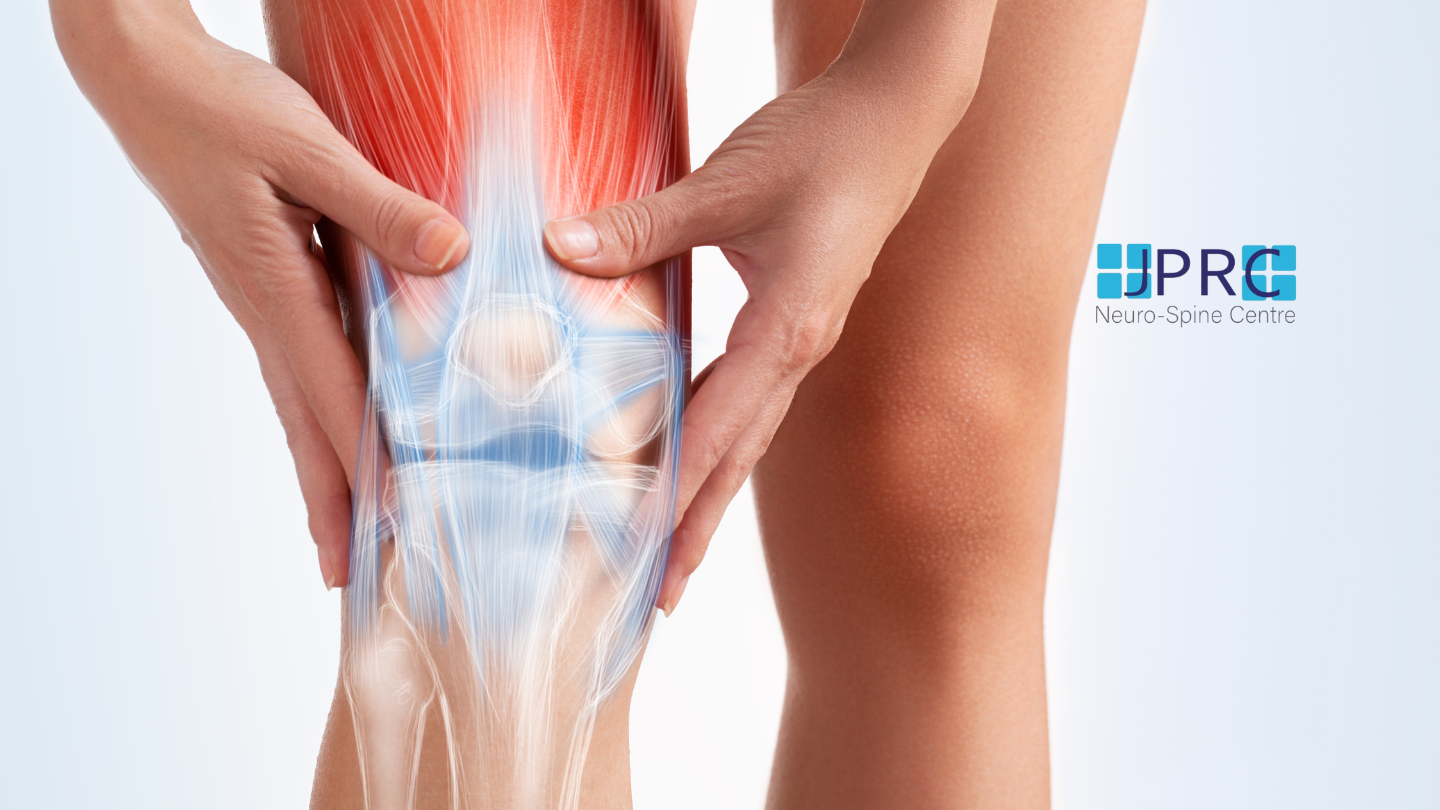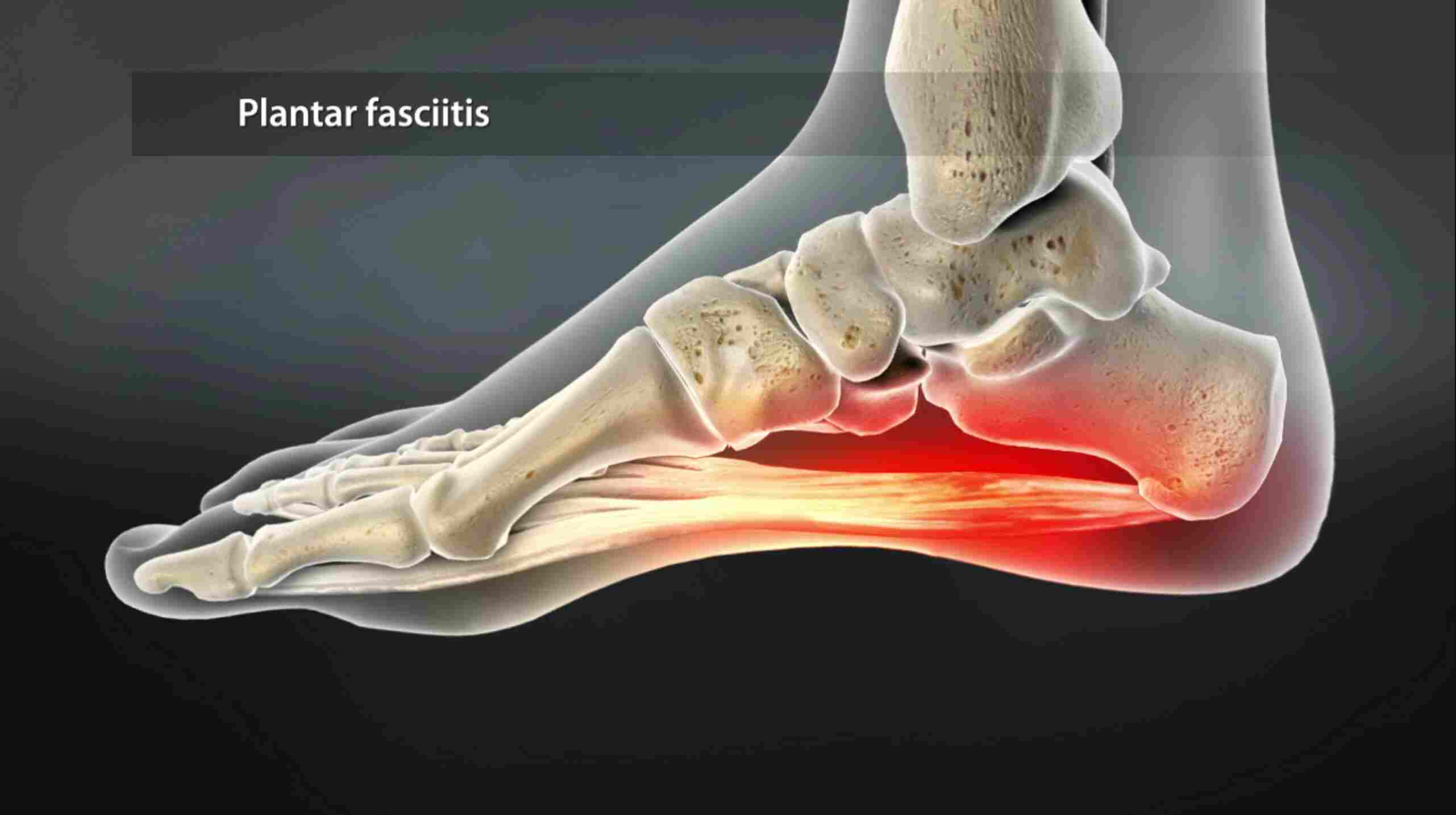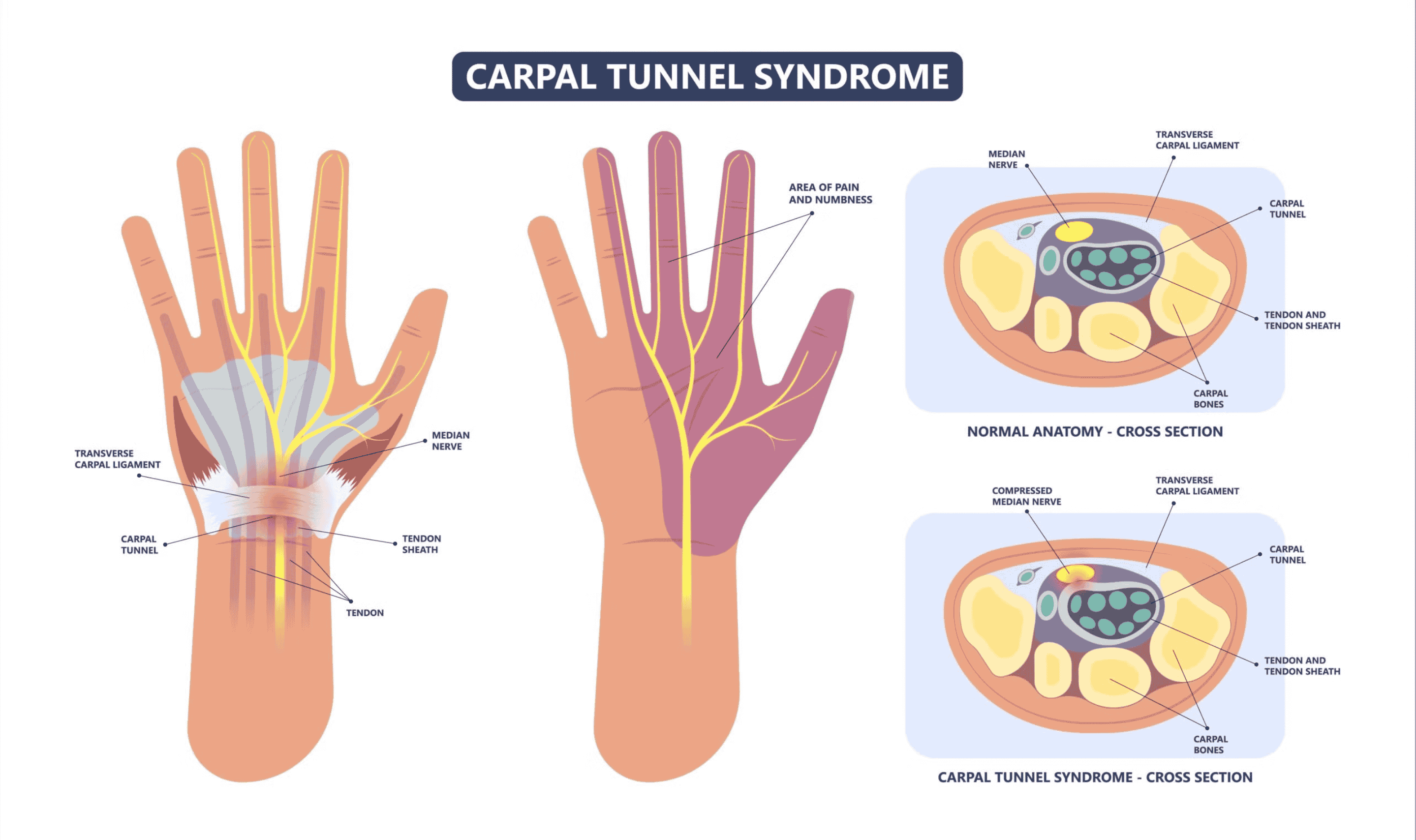Lumbar Spine Problems: A Guide to L4-L5 and L5-S1 Conditions
The lumbar spine, located in the lower back, plays a crucial role in supporting the body's weight and facilitating movement. However, conditions affecting the lumbar spine, particularly at the L4-L5 and L5-S1 levels, can cause debilitating pain and discomfort. In this guide, we'll explore common lumbar spine problems at the L4-L5 and L5-S1 levels, their causes, symptoms, and available treatment options.
Anatomy of the Lumbar Spine
Before diving into specific conditions, let's briefly review the anatomy of the lumbar spine. The lumbar spine consists of five vertebrae (L1-L5), separated by intervertebral discs that act as shock absorbers and allow for flexibility. The L4-L5 and L5-S1 levels refer to the fourth and fifth lumbar vertebrae, respectively, and the adjacent discs.
Common Lumbar Spine Problems
1. Herniated Disc (Lumbar Disc Herniation): A herniated disc occurs when the soft inner core of a spinal disc protrudes through the tough outer layer, often due to age-related wear and tear or sudden injury. At the L4-L5 and L5-S1 levels, herniated discs can compress nearby spinal nerves, leading to pain, numbness, and weakness in the lower back, buttocks, legs, and feet.
2. Degenerative Disc Disease: Degenerative disc disease involves the gradual deterioration of the intervertebral discs, resulting in reduced disc height, decreased flexibility, and the development of bone spurs (osteophytes). This condition can cause chronic low back pain, stiffness, and limited mobility, particularly at the L4-L5 and L5-S1 levels.
3. Spinal Stenosis: Spinal stenosis is the narrowing of the spinal canal, typically due to age-related changes such as thickening of ligaments and bone overgrowth. At the L4-L5 and L5-S1 levels, spinal stenosis can compress the spinal cord and nerves, leading to symptoms such as back pain, leg pain (sciatica), numbness, and weakness, which worsen with activity and improve with rest.
4. Spondylolisthesis: Spondylolisthesis occurs when a vertebra slips forward or backward relative to the adjacent vertebra, often due to degenerative changes, trauma, or congenital abnormalities. At the L4-L5 and L5-S1 levels, spondylolisthesis can cause lower back pain, stiffness, and nerve compression symptoms similar to those of herniated discs and spinal stenosis.
Symptoms
Symptoms of lumbar spine problems at the L4-L5 and L5-S1 levels may vary depending on the underlying condition but commonly include:
- Lower back pain, which may radiate to the buttocks, thighs, or legs
- Numbness or tingling sensation in the legs or feet
- Weakness or difficulty moving the legs or feet
- Pain aggravated by certain movements or activities, such as bending, lifting, or prolonged sitting
Treatment Options
Treatment for lumbar spine problems at the L4-L5 and L5-S1 levels typically begins with conservative measures and may progress to more invasive interventions if symptoms persist. Treatment options include:
1. Medications: Nonsteroidal anti-inflammatory drugs (NSAIDs), muscle relaxants, and pain relievers may help alleviate pain and inflammation associated with lumbar spine conditions.
2. Physical Therapy: Targeted exercises, stretching, and manual therapy techniques can improve strength, flexibility, and posture, reduce pain, and enhance overall function.
3. Interventional Procedures: Minimally invasive procedures such as epidural steroid injections, nerve blocks, and radiofrequency ablation may provide temporary or long-term relief by reducing inflammation and blocking pain signals.
4. Surgical Intervention: In severe cases or when conservative treatments fail to provide relief, surgical options such as discectomy, laminectomy, spinal fusion, or artificial disc replacement may be considered to alleviate symptoms and stabilize the spine.
Conclusion
Lumbar spine problems affecting the L4-L5 and L5-S1 levels can significantly impact an individual's quality of life, causing pain, discomfort, and mobility issues. However, with proper diagnosis and comprehensive treatment, many individuals can find relief and regain function. If you're experiencing symptoms of a lumbar spine problem, consult with a healthcare provider for an accurate diagnosis and personalized treatment plan tailored to your needs. Remember, early intervention and proactive management are key to achieving optimal outcomes and maintaining spinal health.










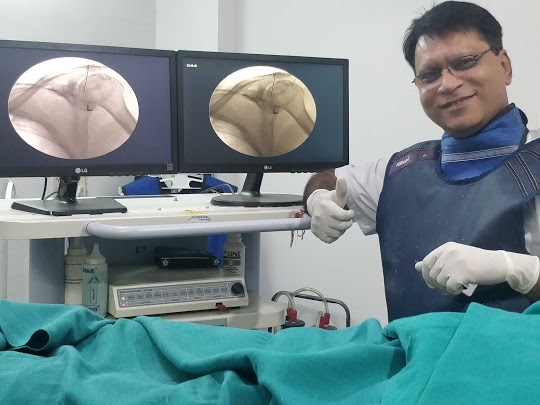



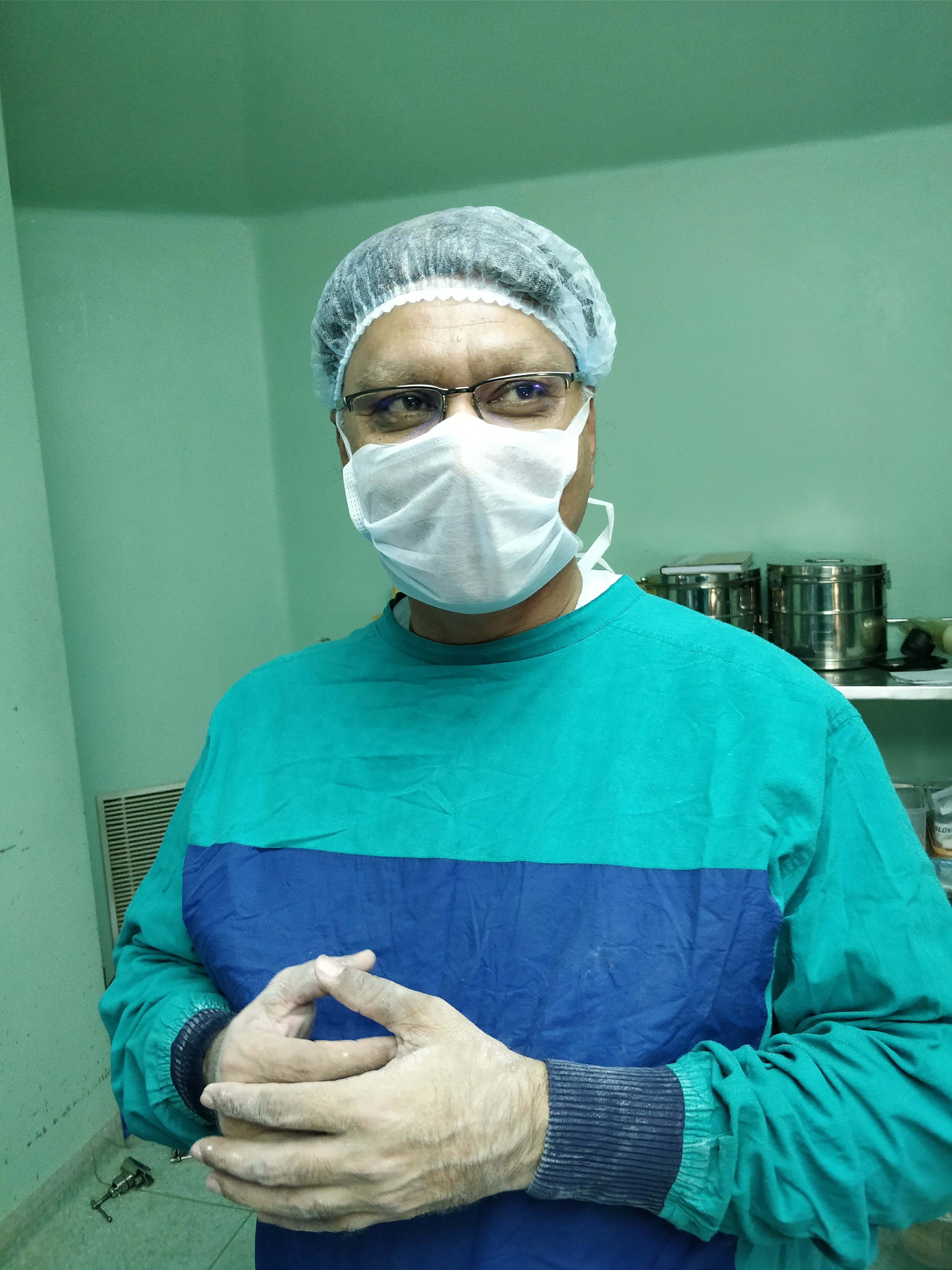
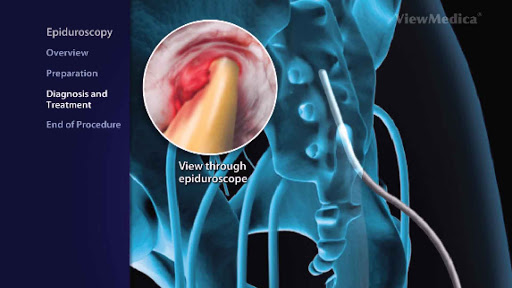

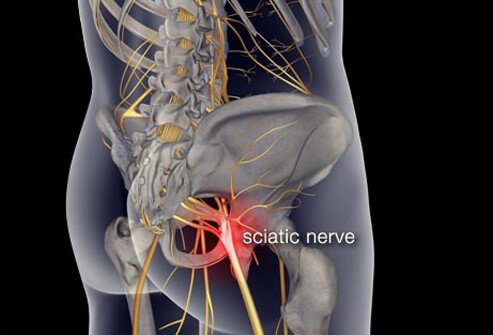

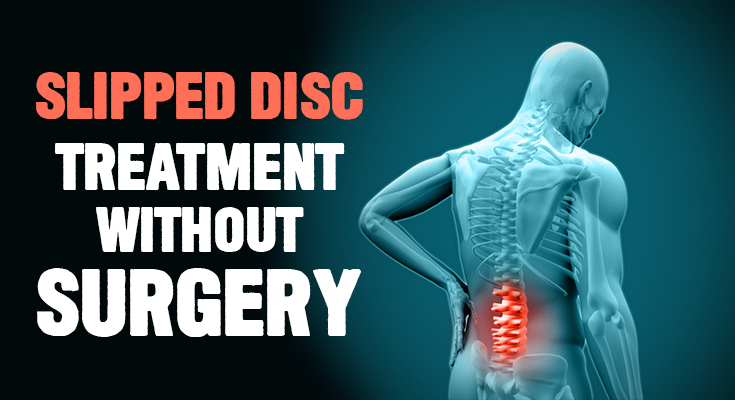

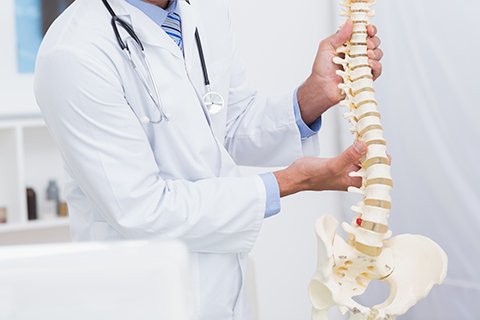


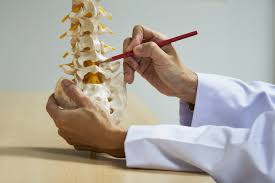
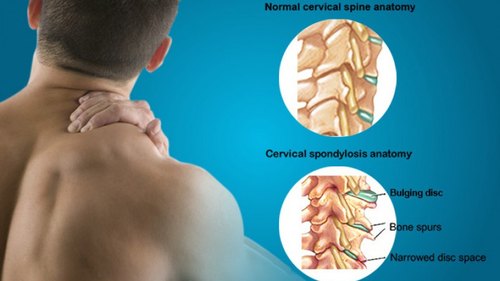
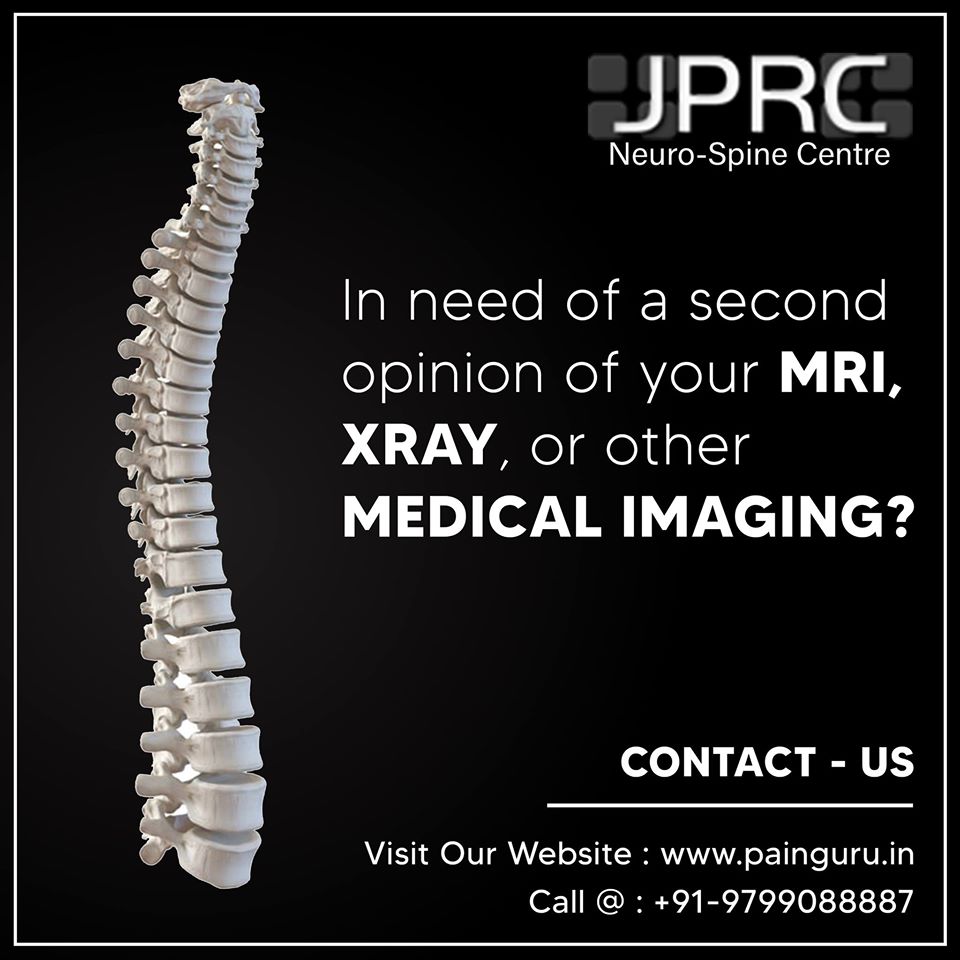




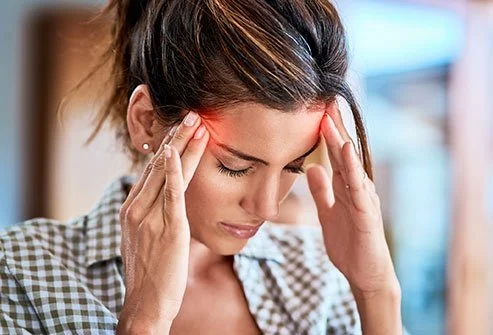

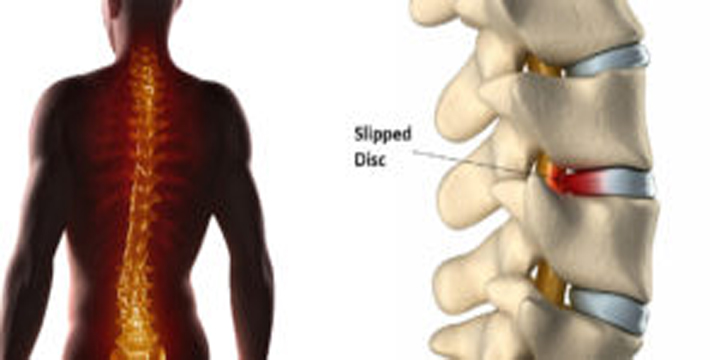
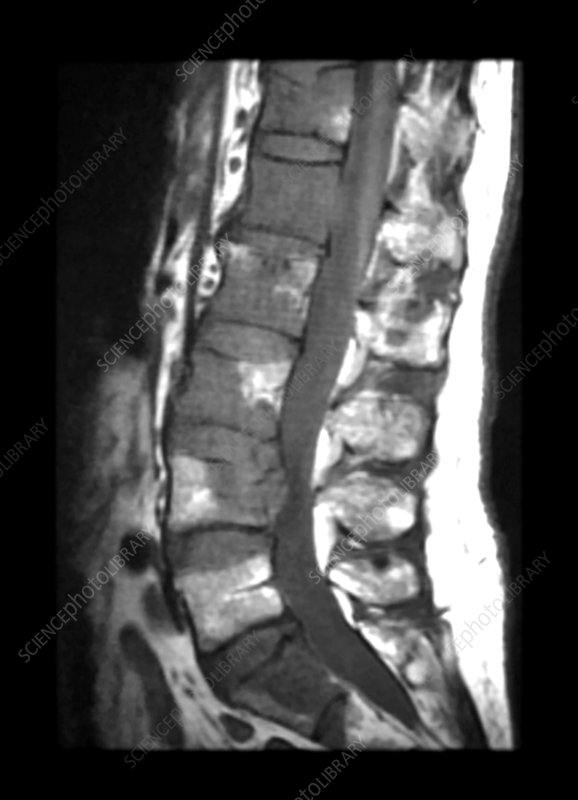




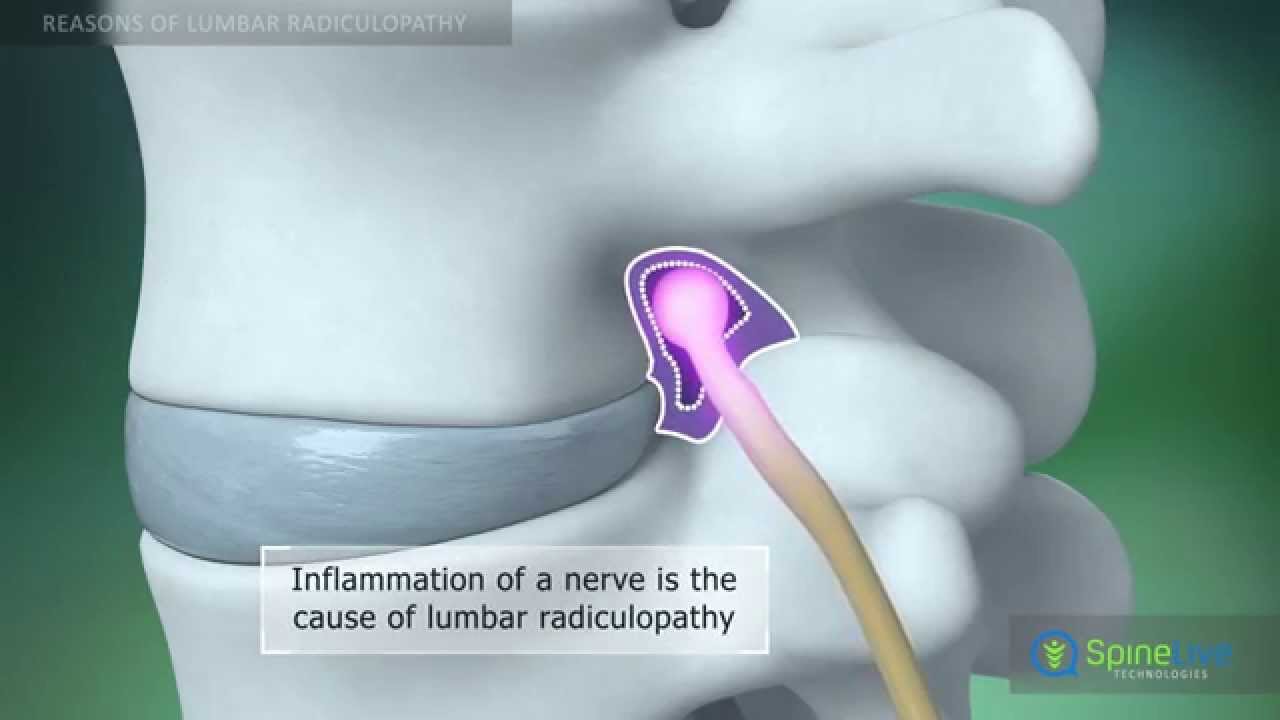
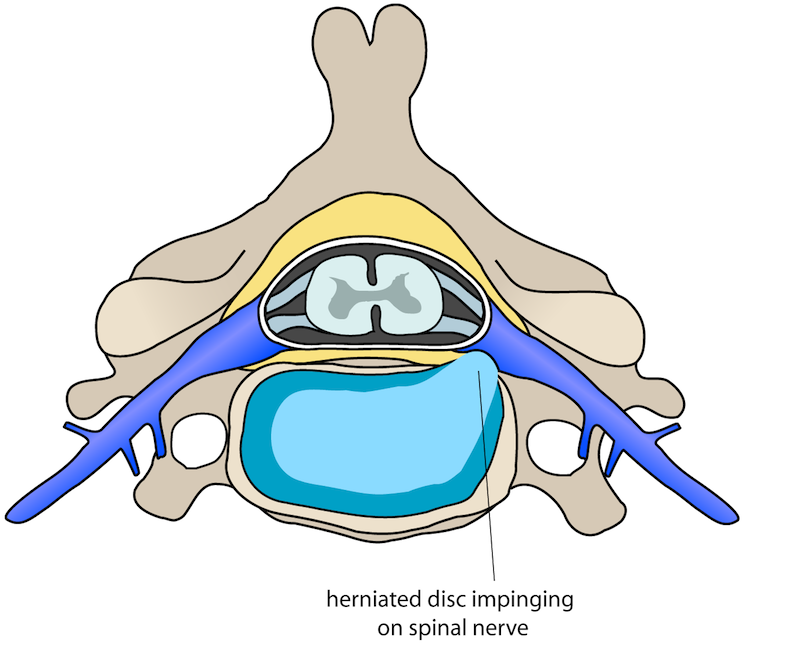
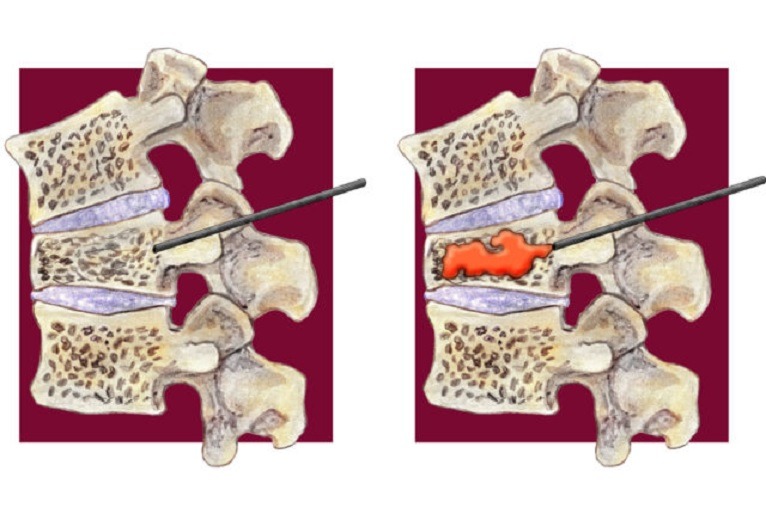







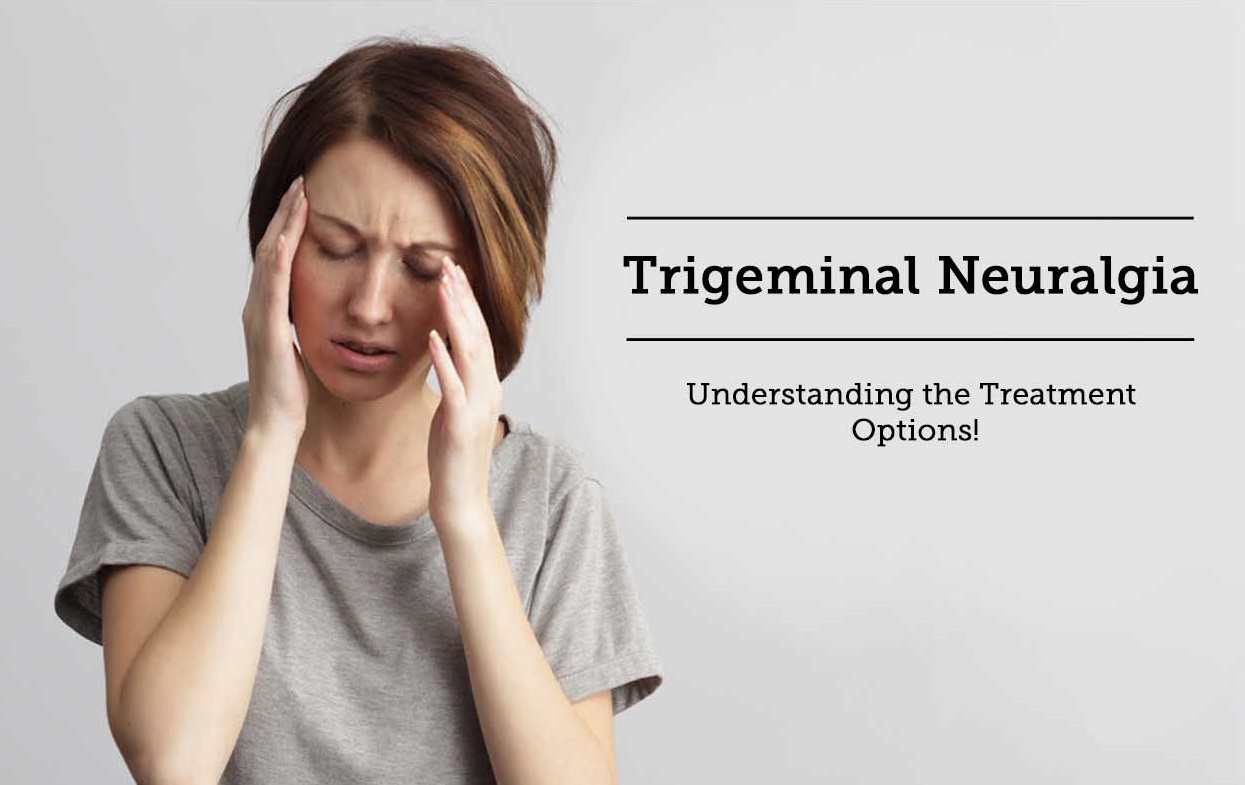



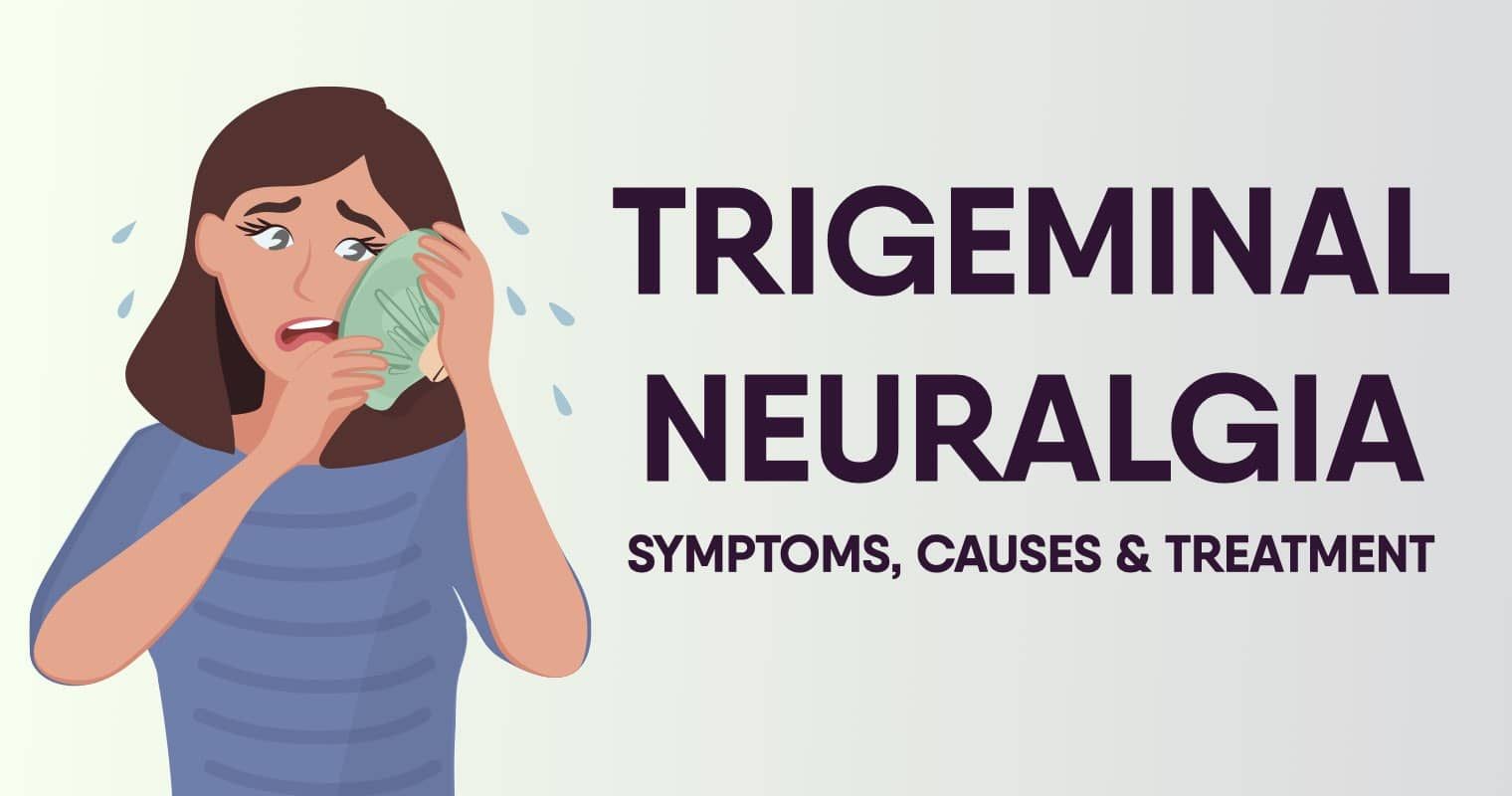
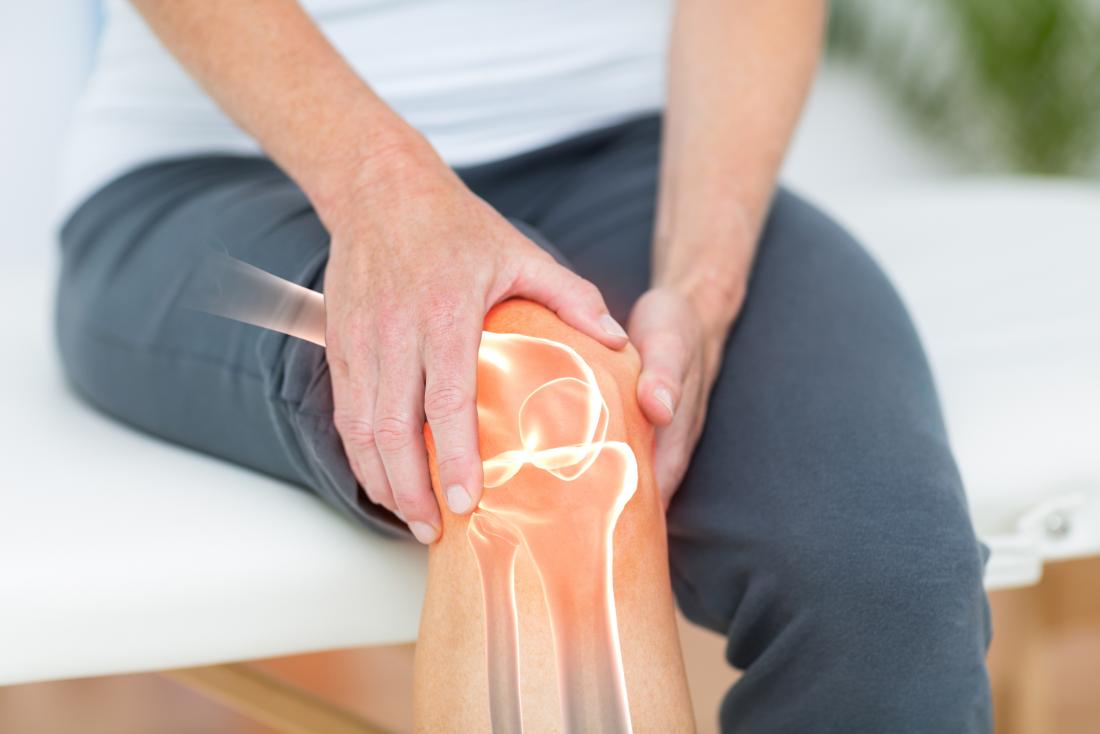
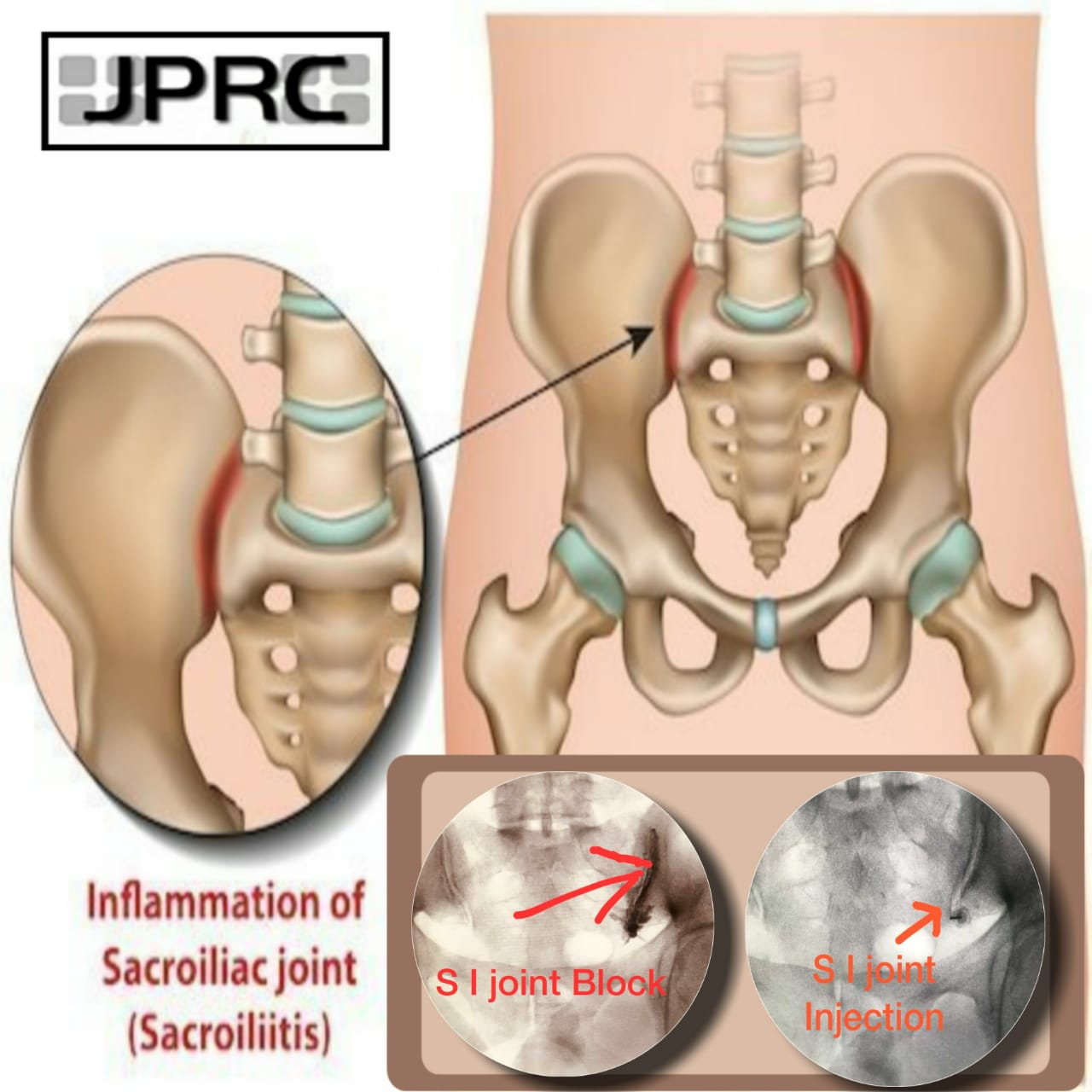


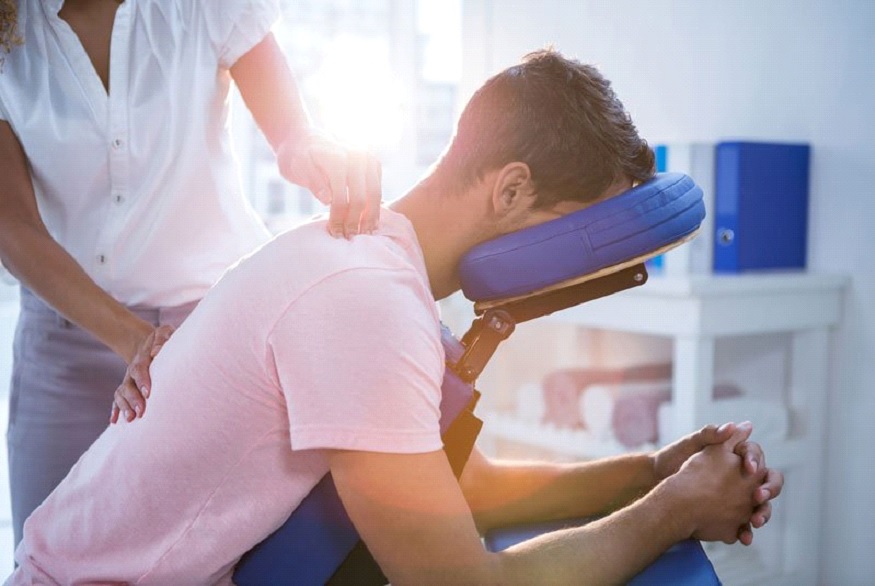


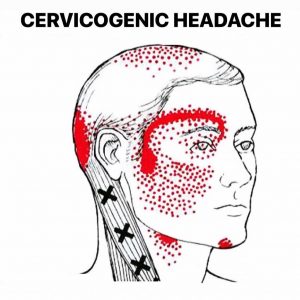




.jpg)



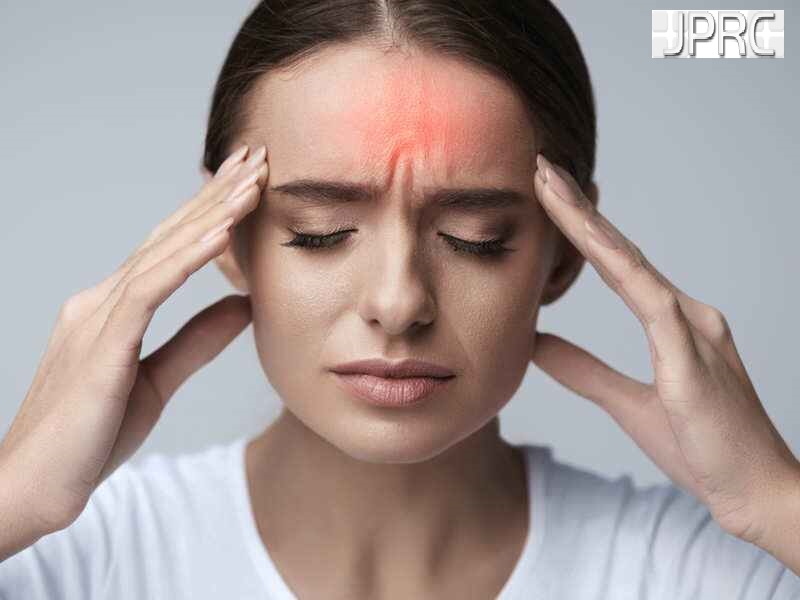
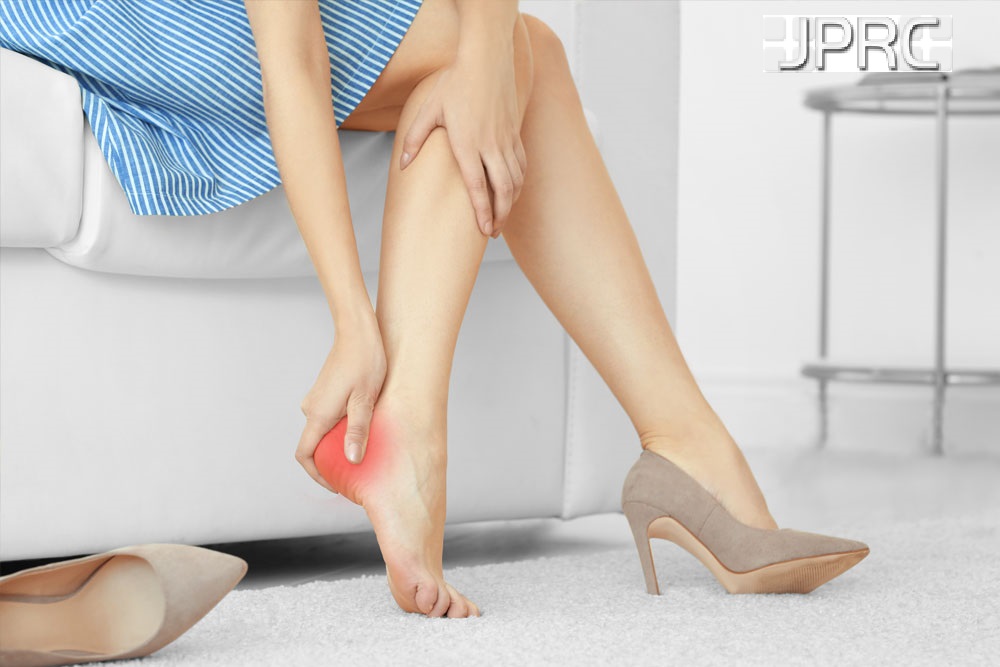
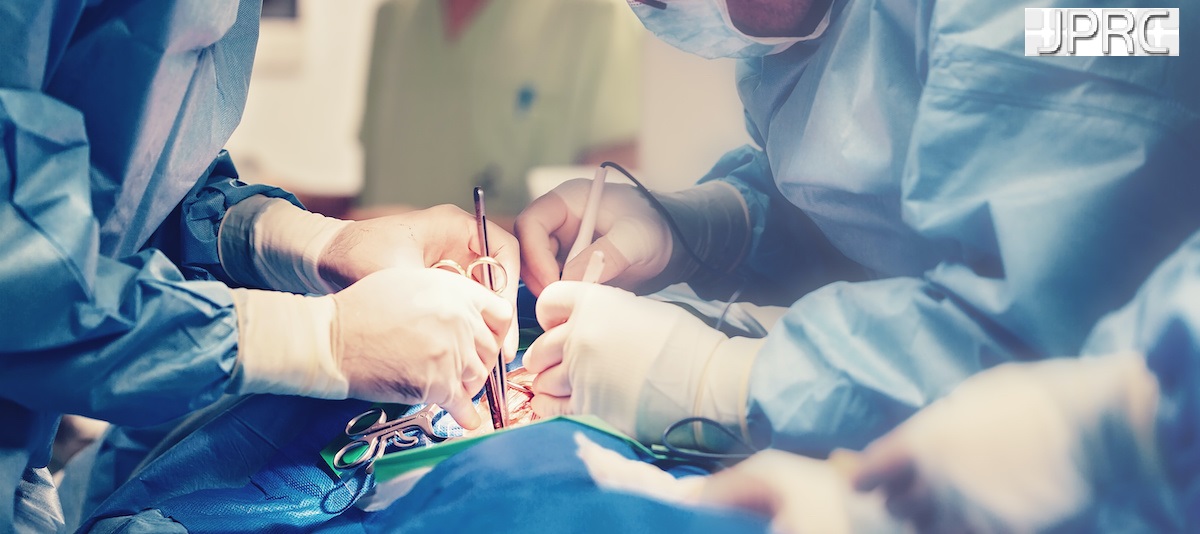
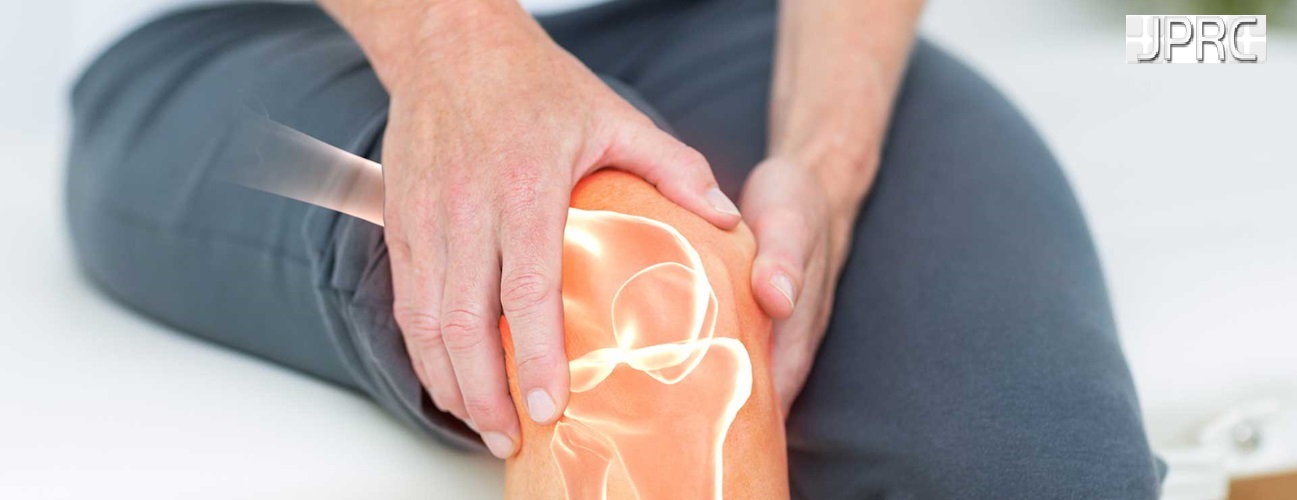

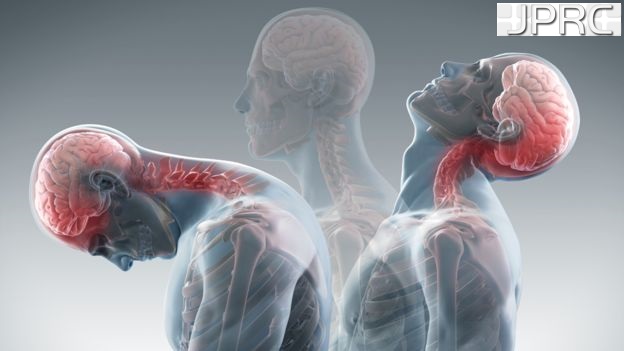


_Injection_Description_in_Hindi.jpg)
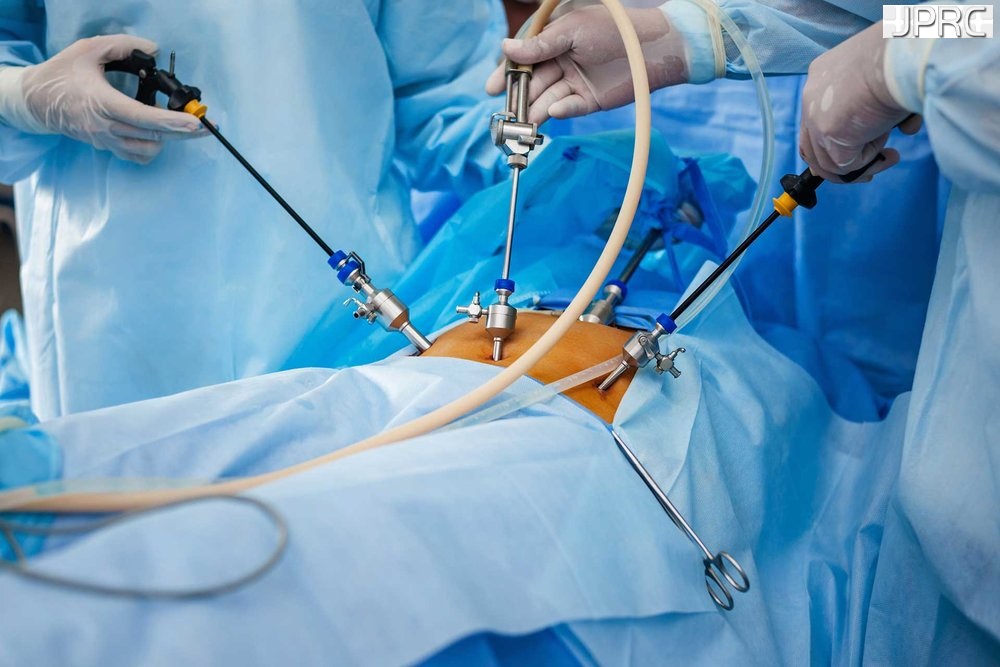

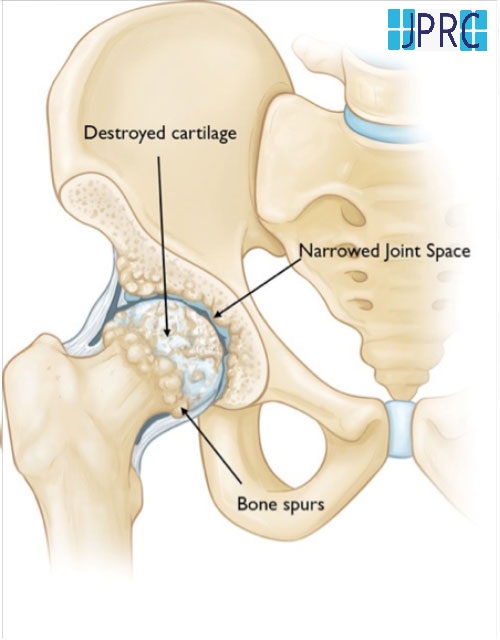



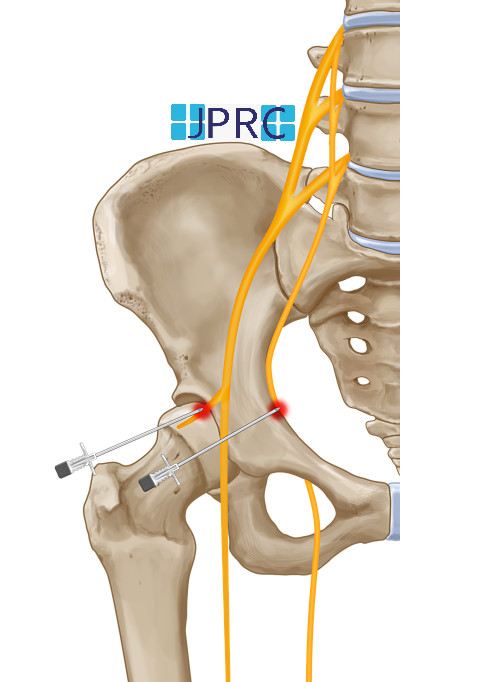


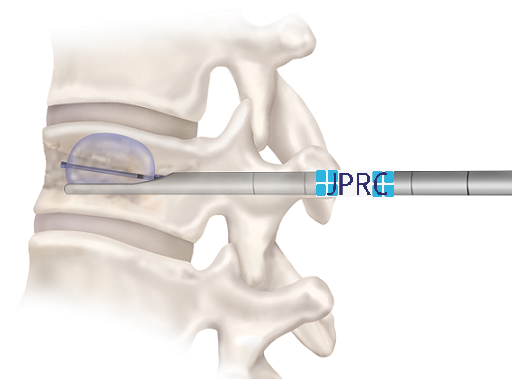

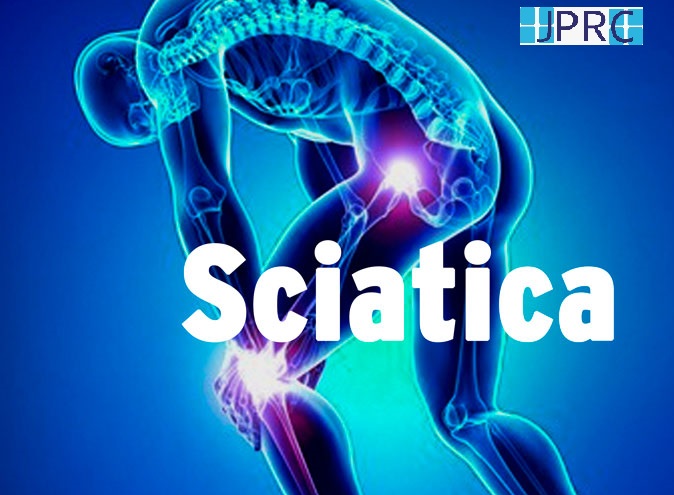



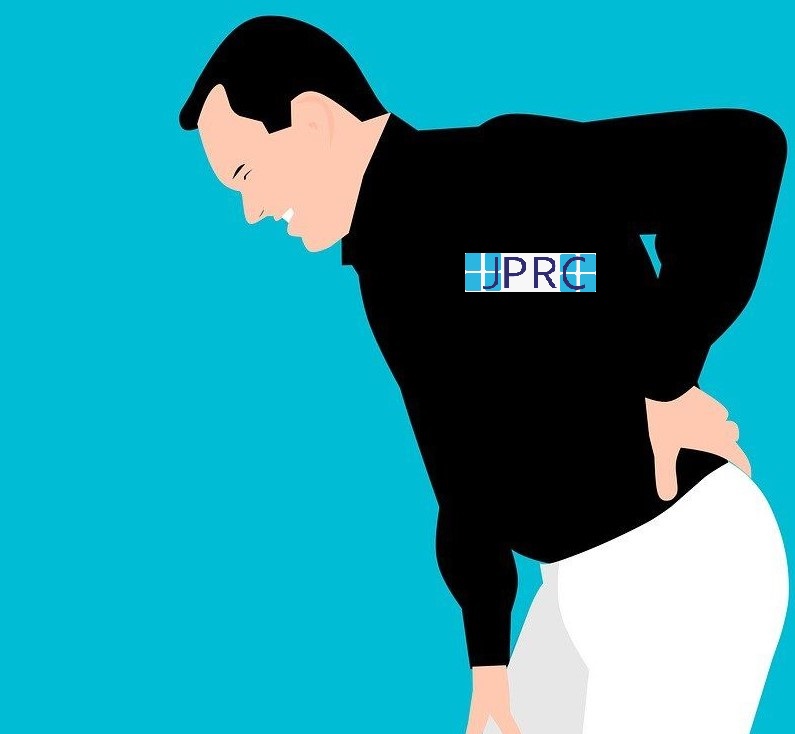
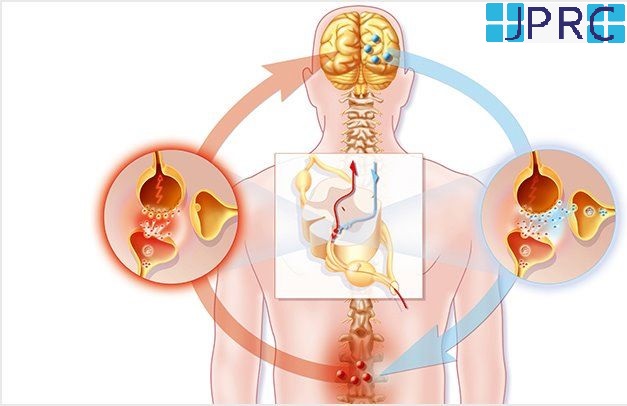

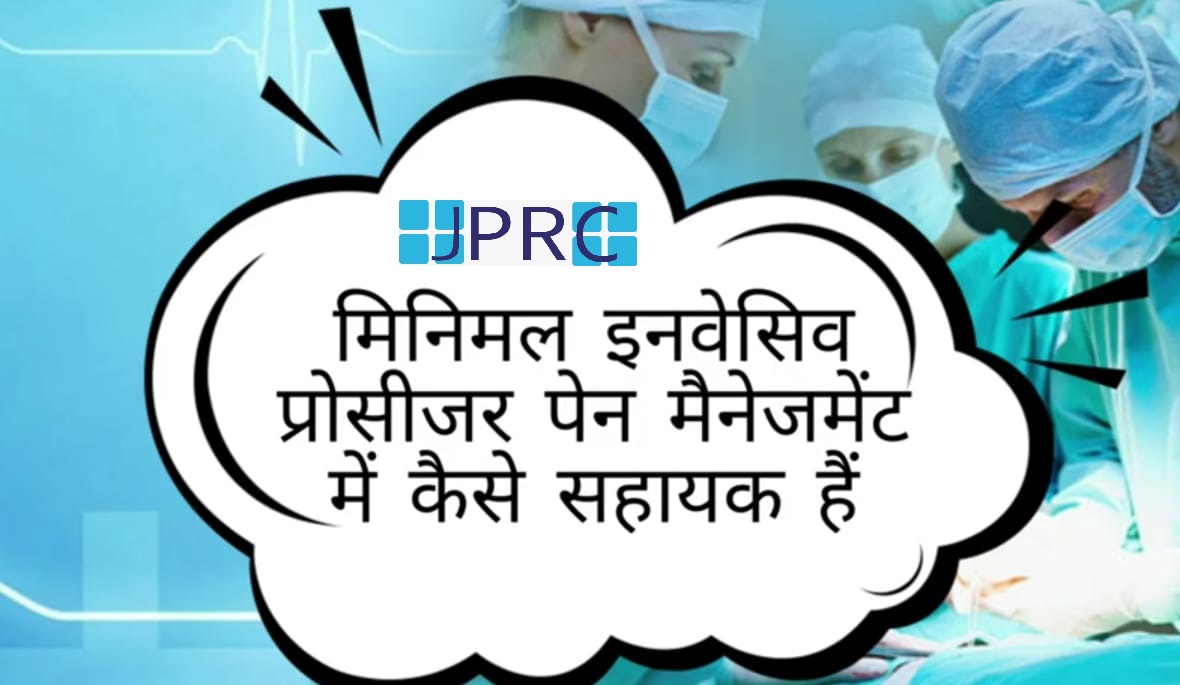
.jpg)
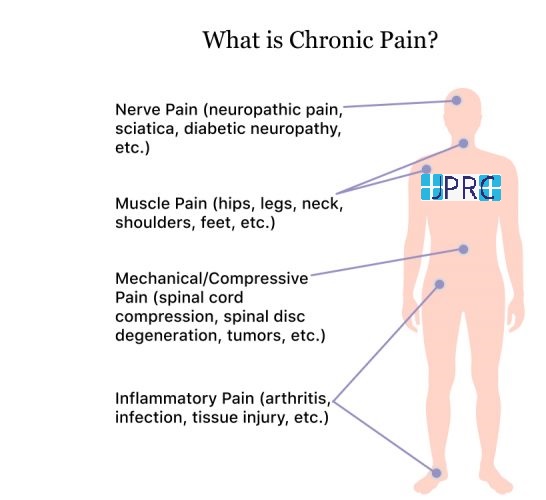



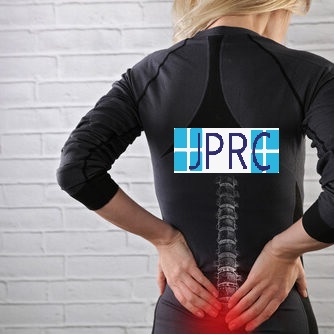


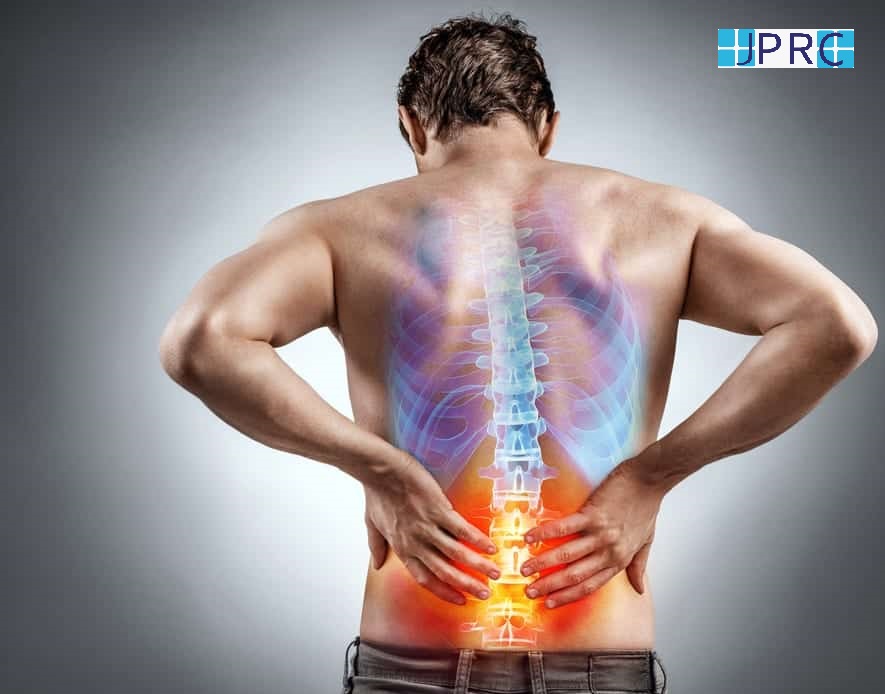
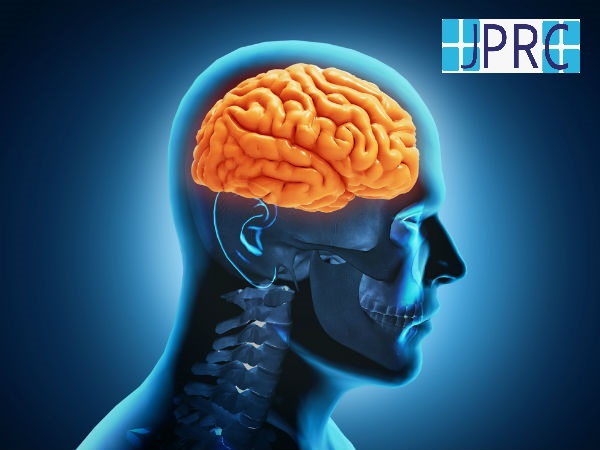
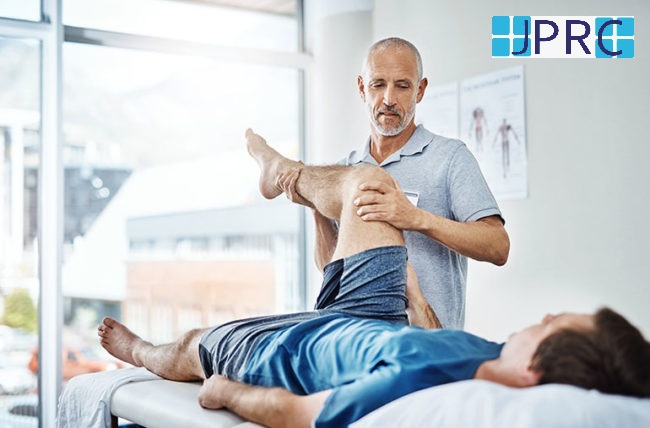
.jpg)




.jpg)
.jpg)
.jpg)


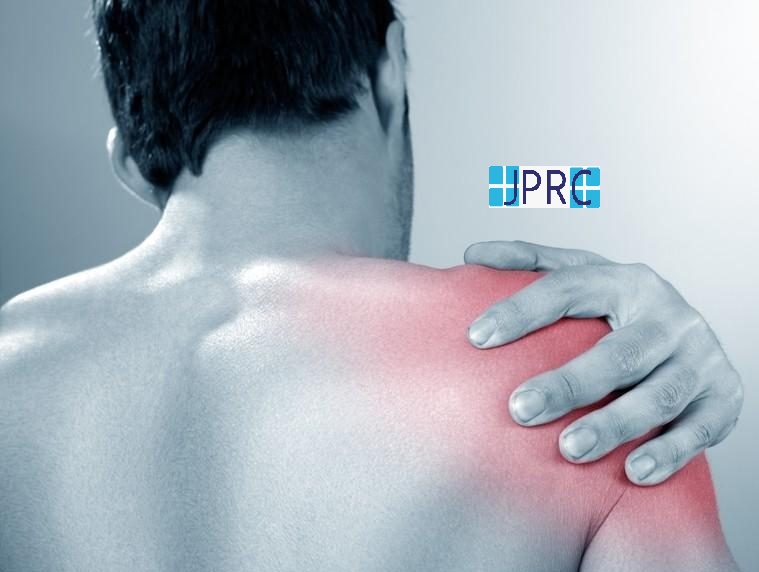
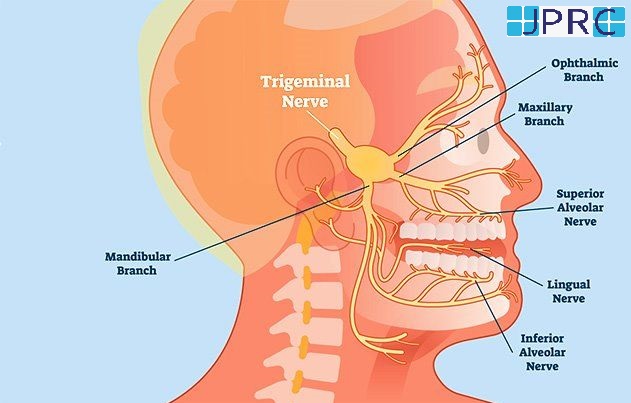

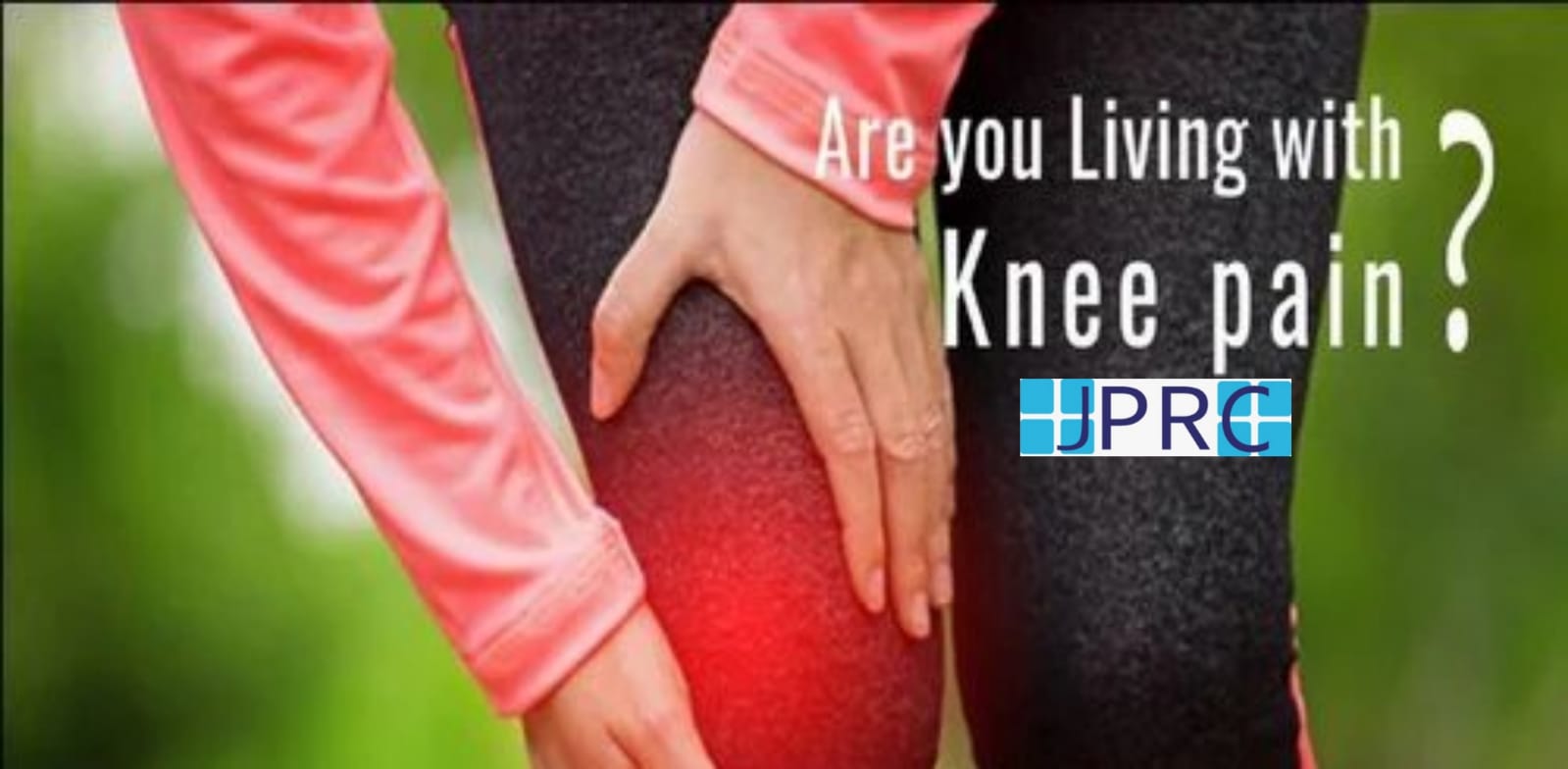

.jpg)
.jpg)
.jpg)
.jpg)
.jpg)
.jpg)
.jpg)
.jpg)
.jpg)
.jpg)
.jpg)
.jpg)
.jpg)
.jpg)
.jpg)
.jpg)
.jpg)
.jpg)
.jpg)
.jpg)
.jpg)
.jpg)
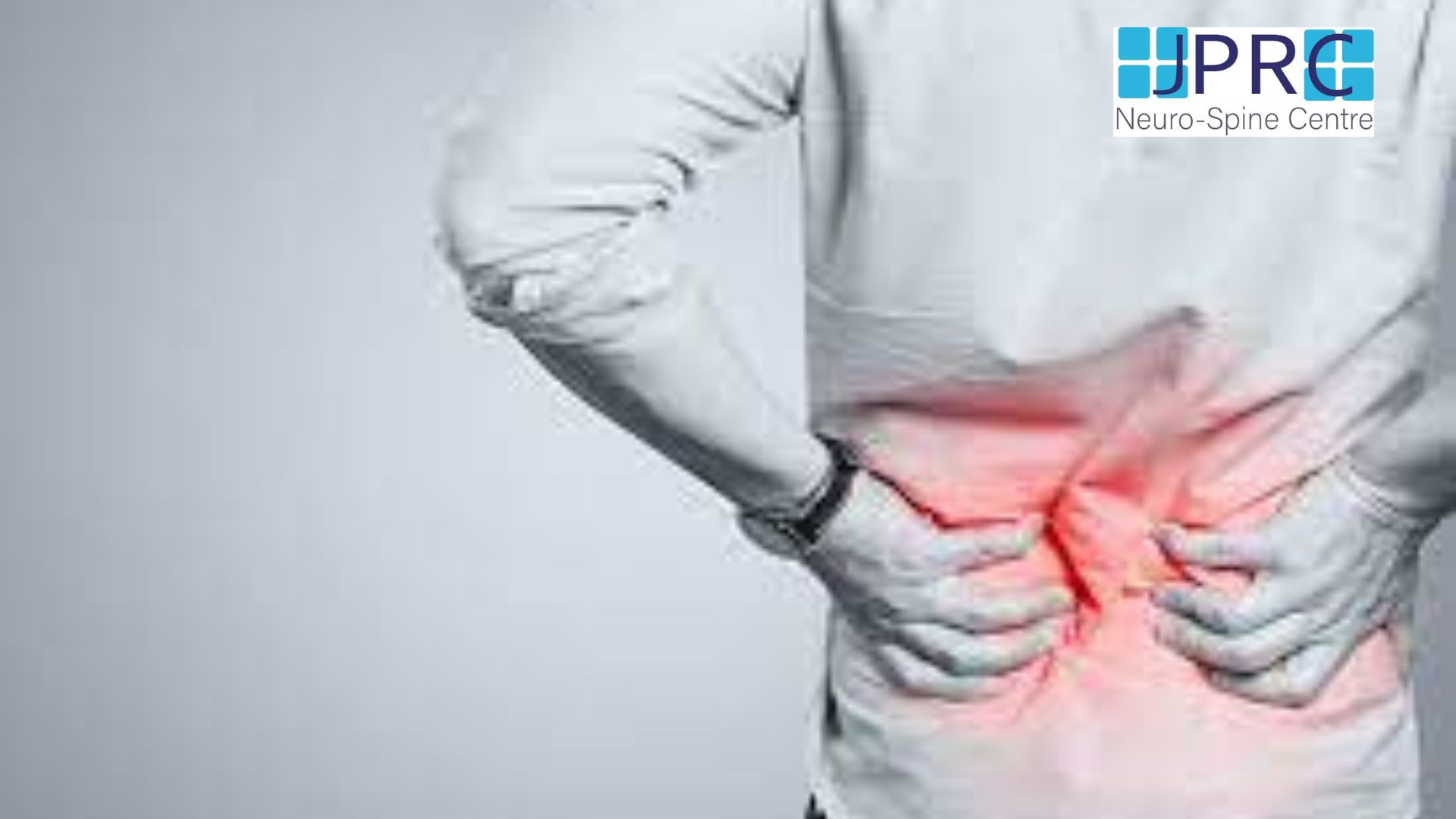



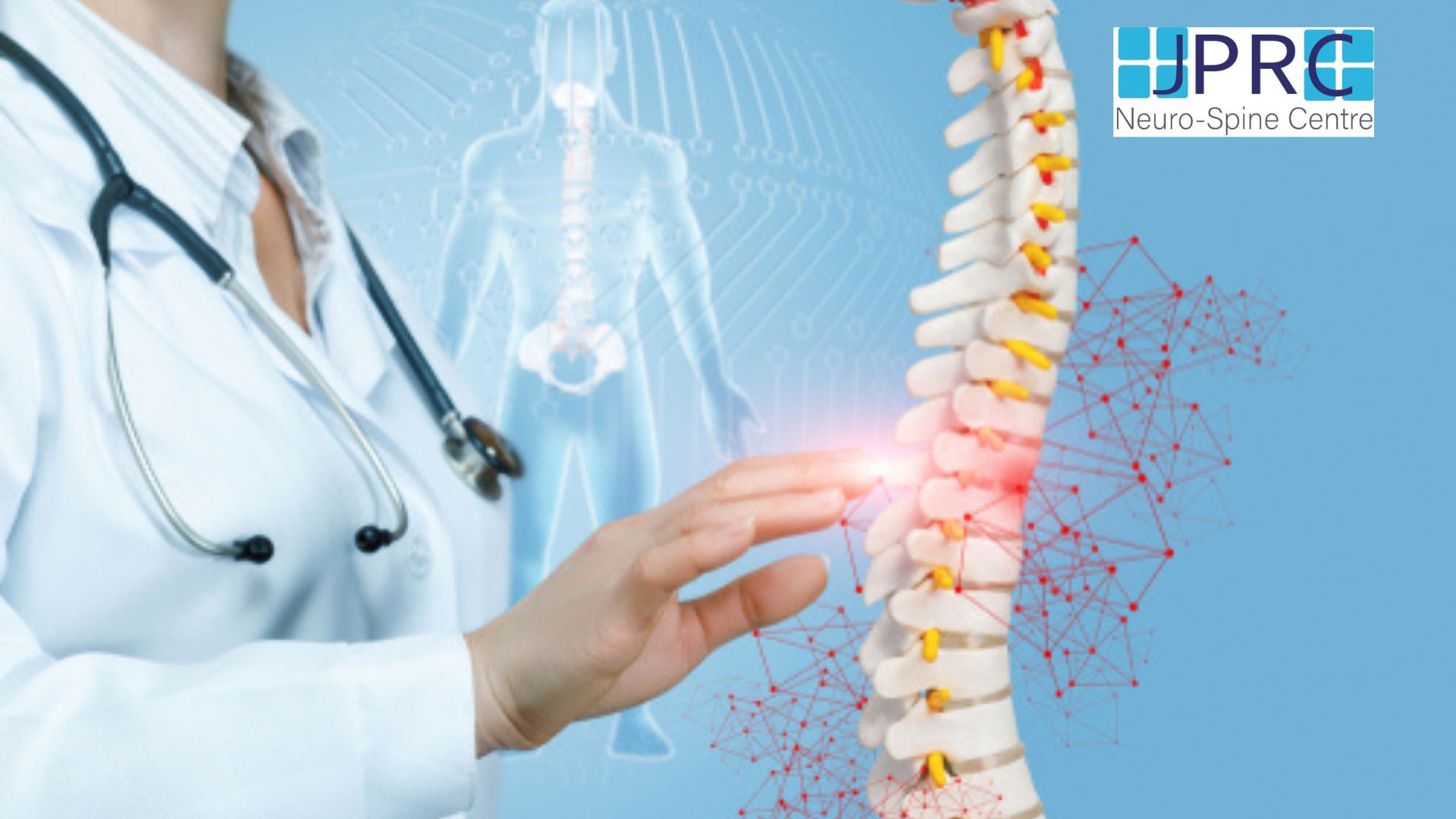

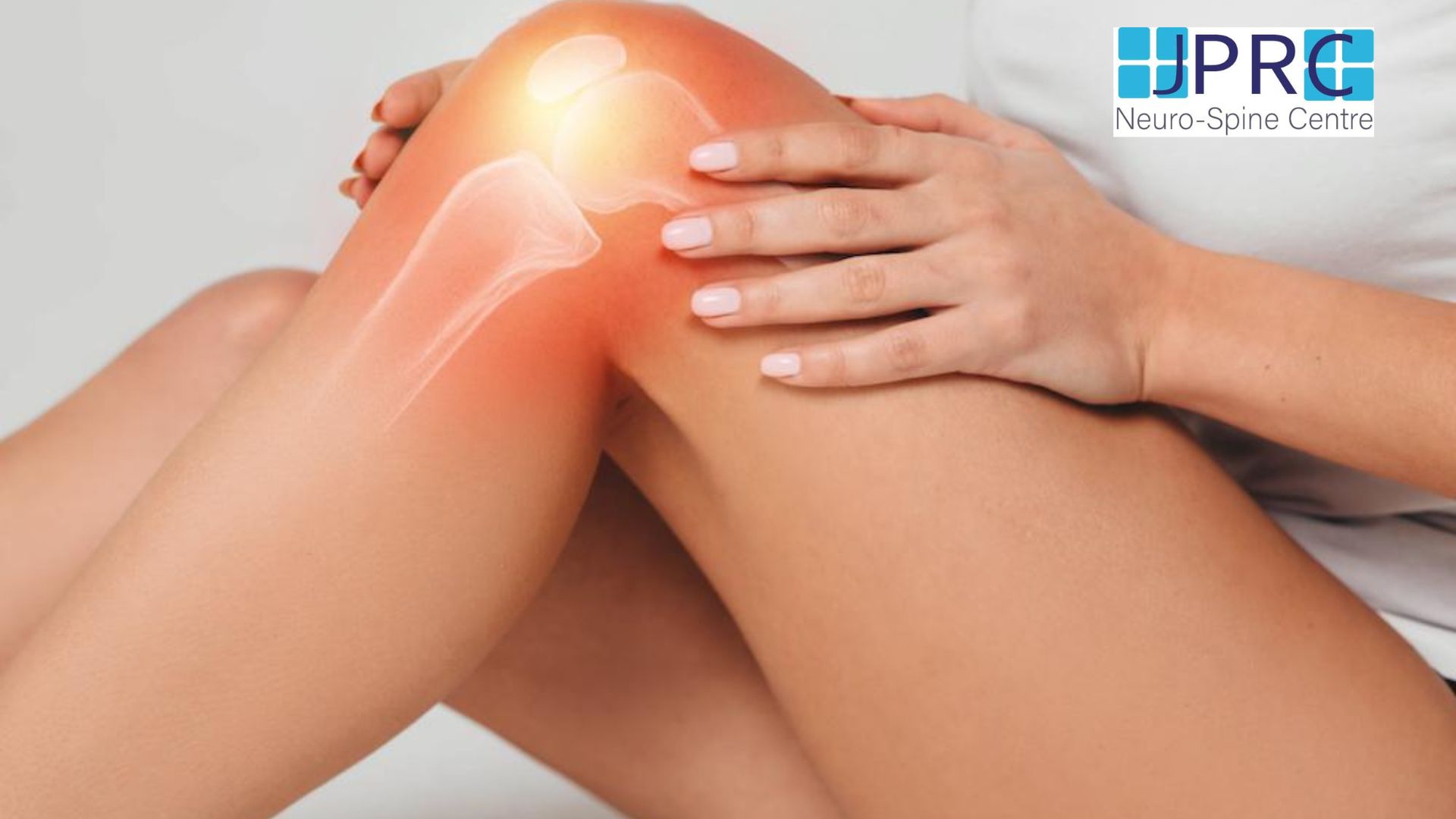

1.jpg)
1.jpg)
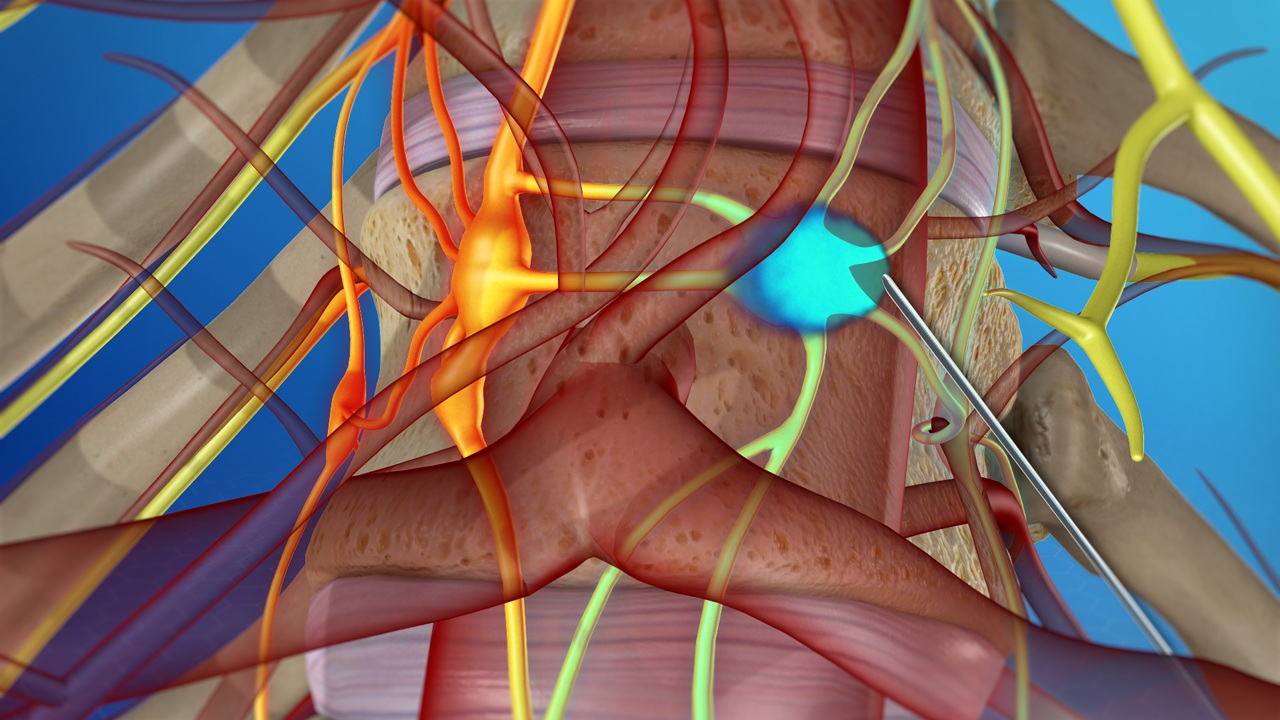
1.jpg)
1.jpg)
1.jpg)
1.jpg)
1.jpg)






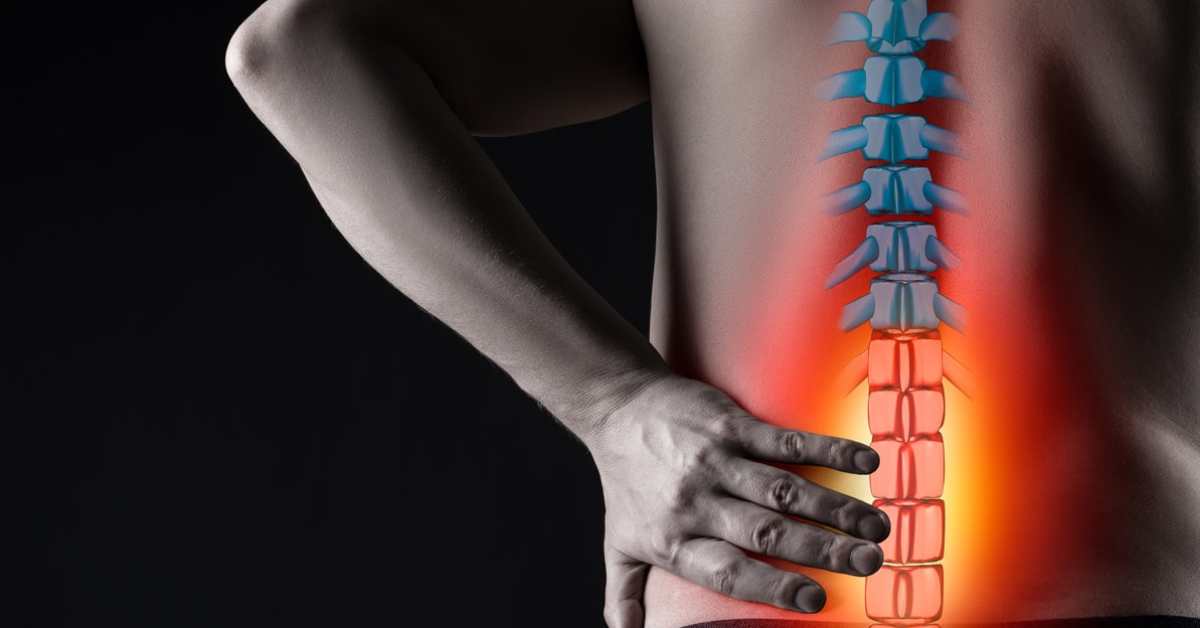


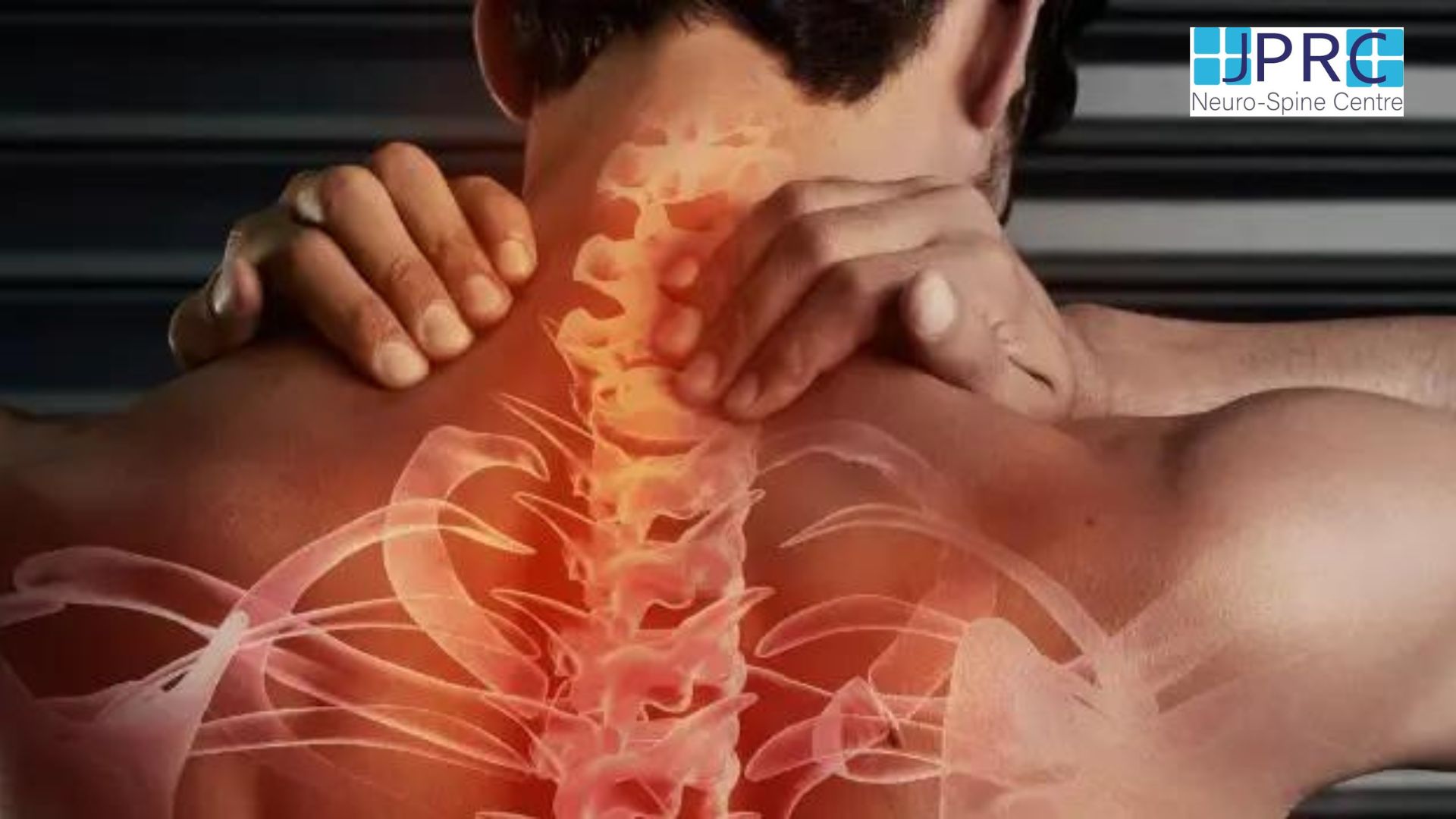
2.jpg)
3.jpg)
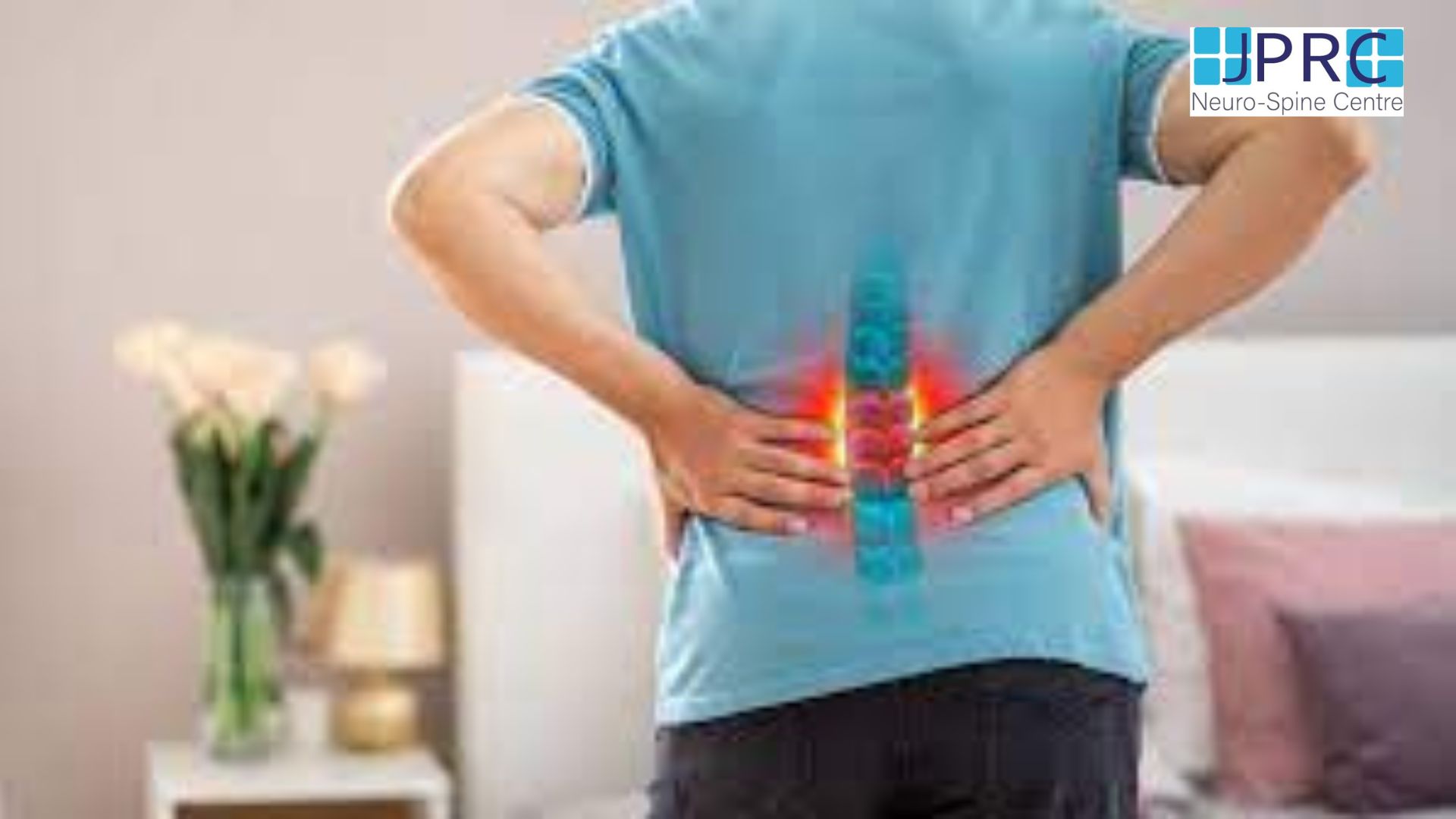
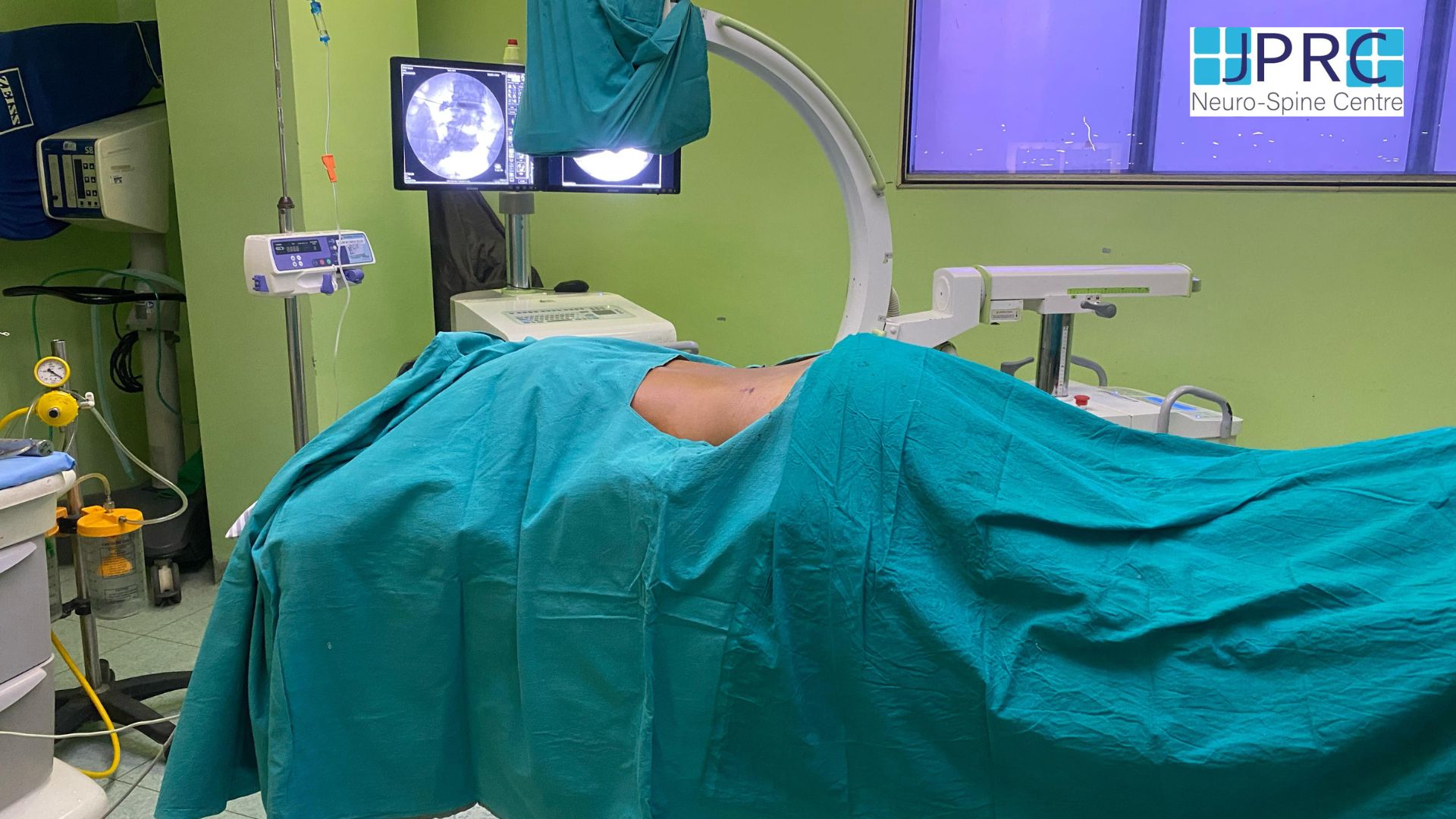
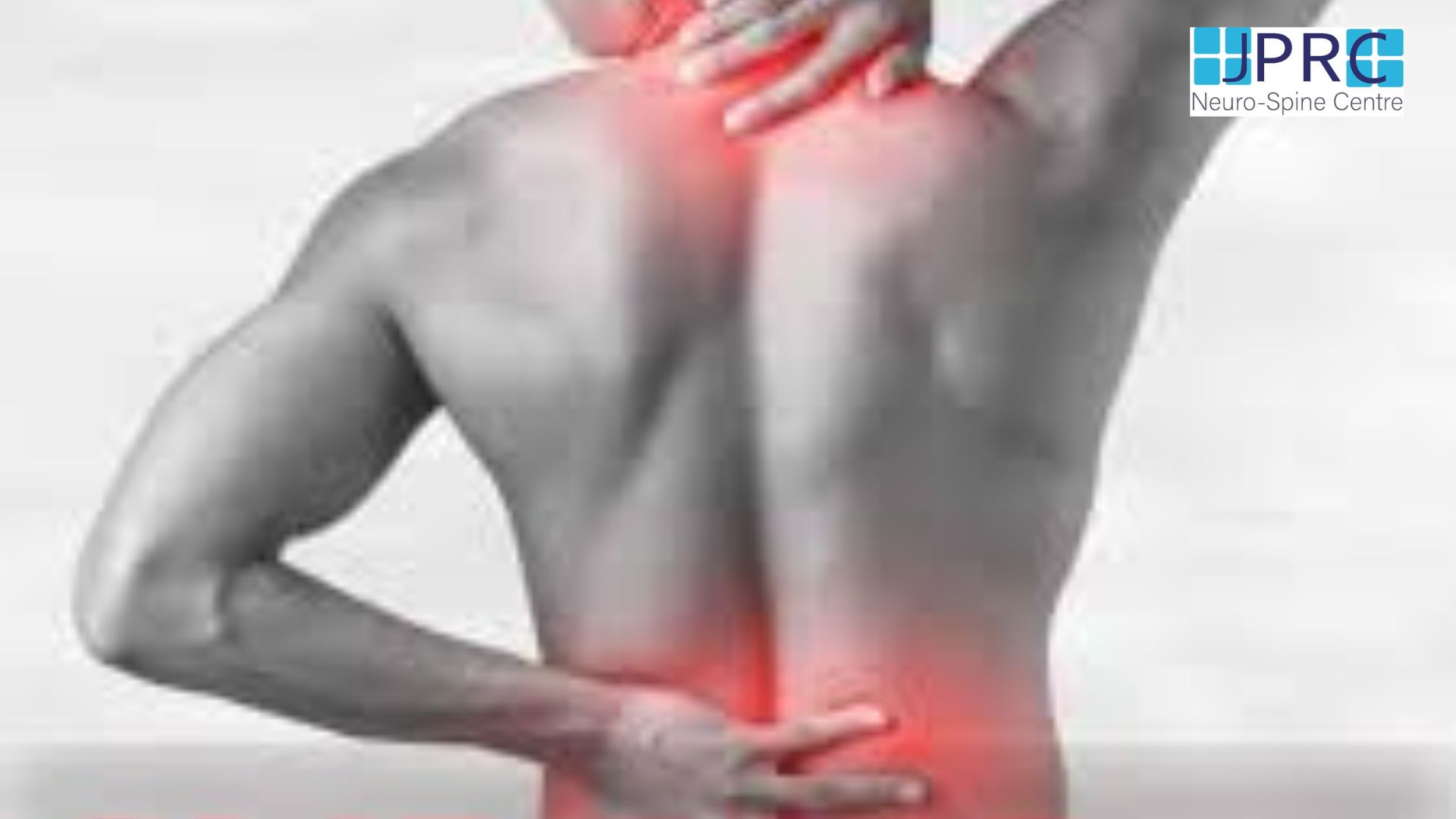
4.jpg)
1.jpg)
2.jpg)
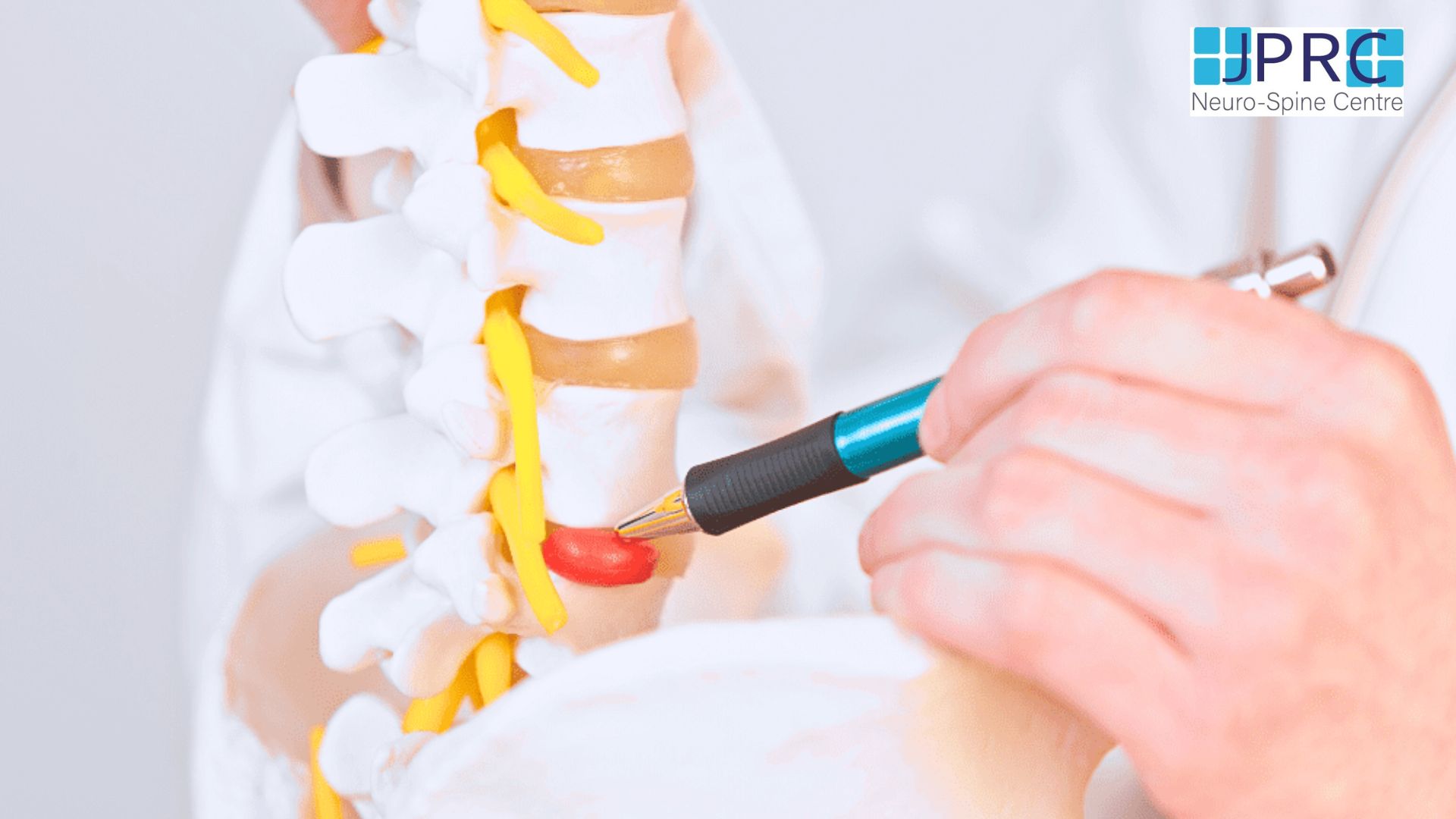
5.jpg)

6.jpg)
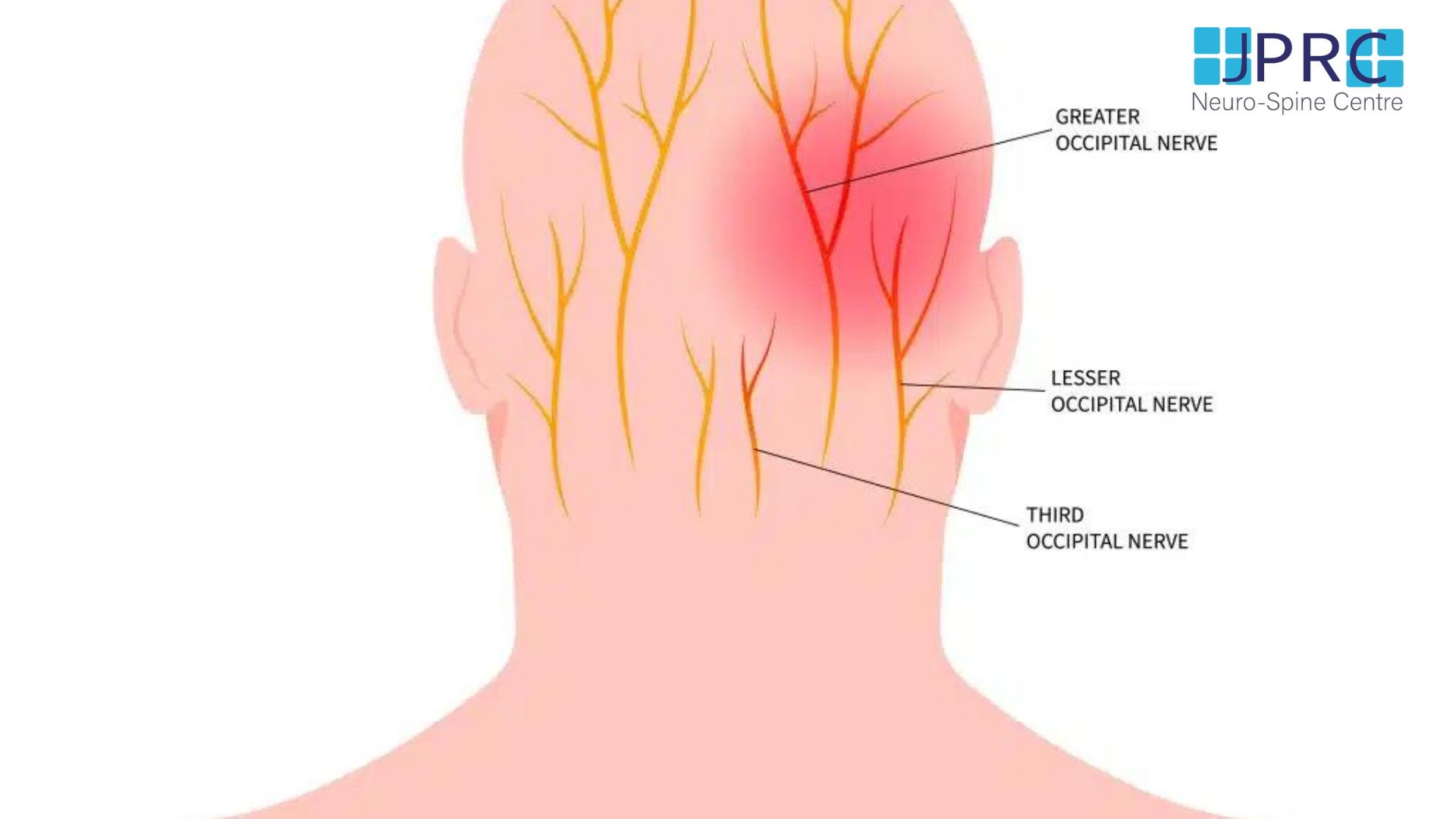
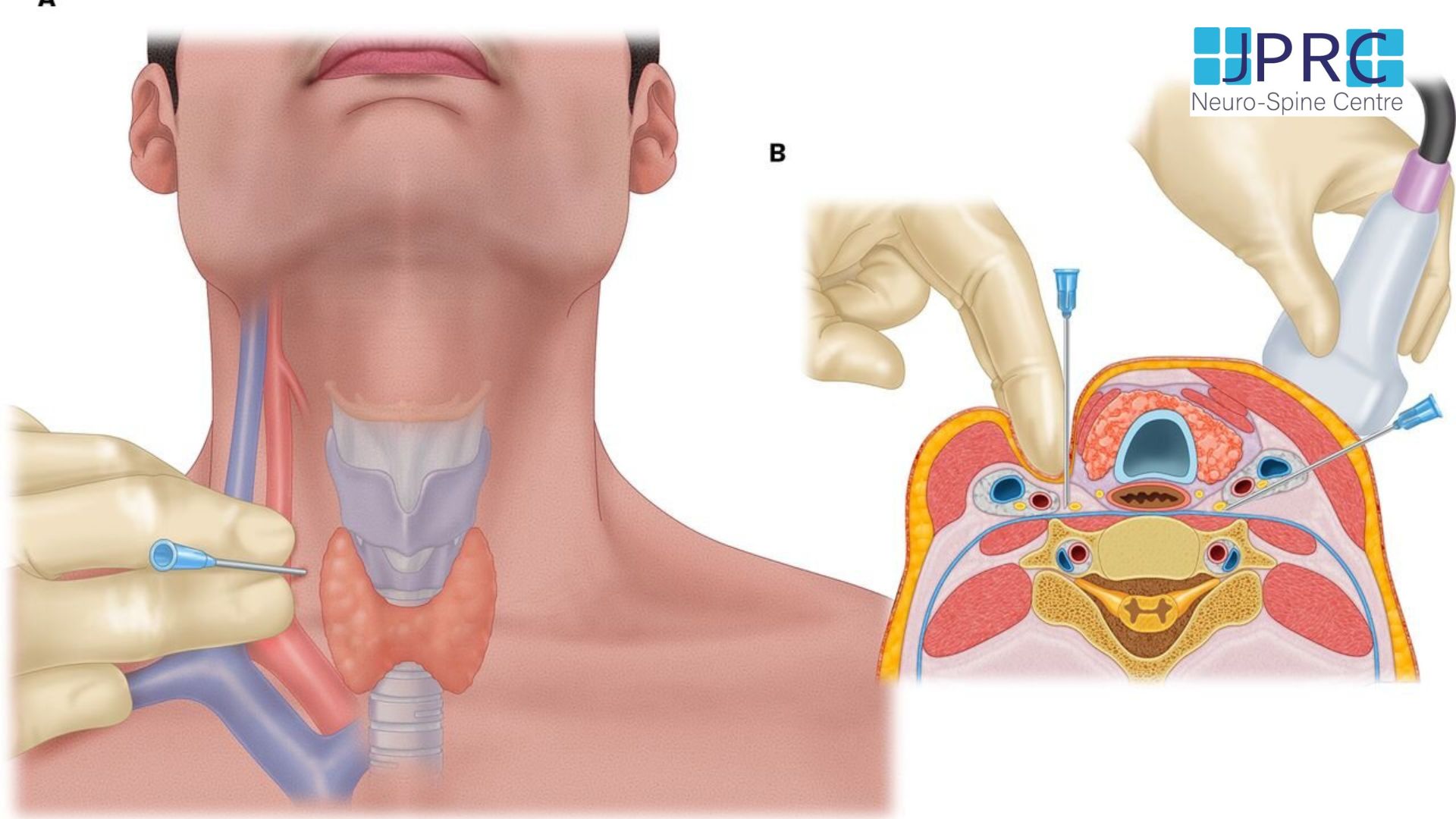
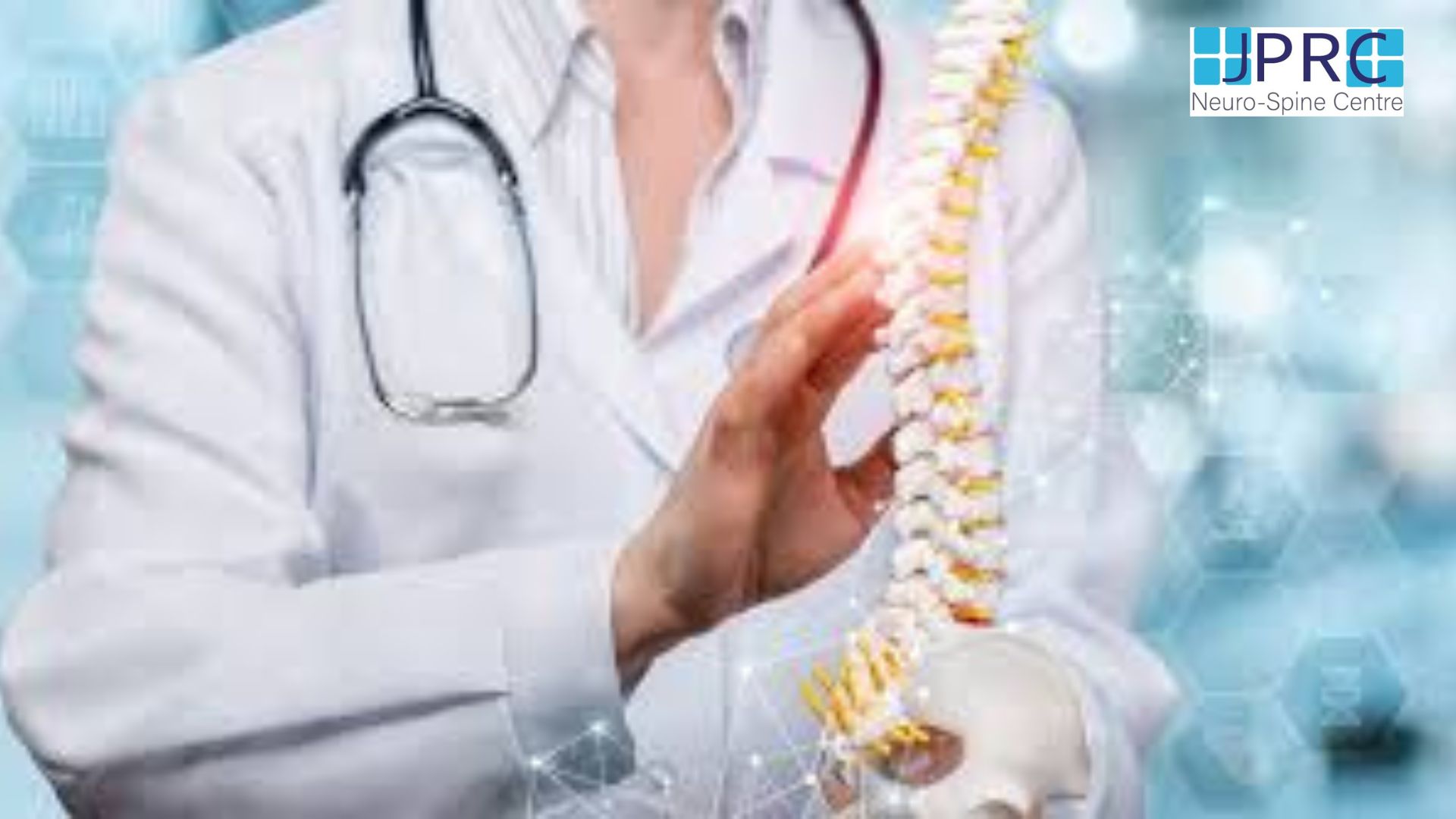

7.jpg)
2.jpg)

8.jpg)

9.jpg)
3.jpg)

10.jpg)

11.jpg)


12.jpg)
4.jpg)


























